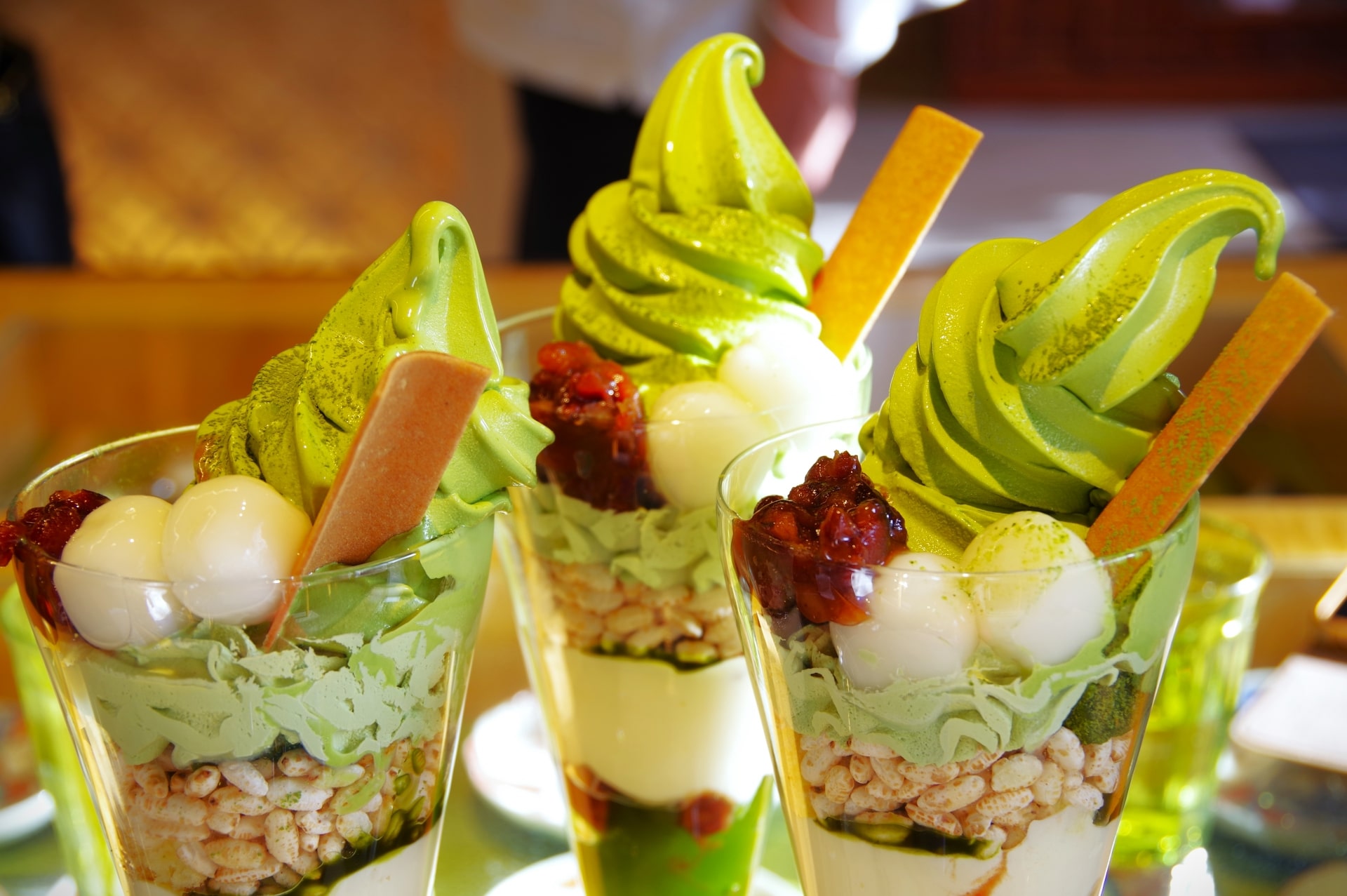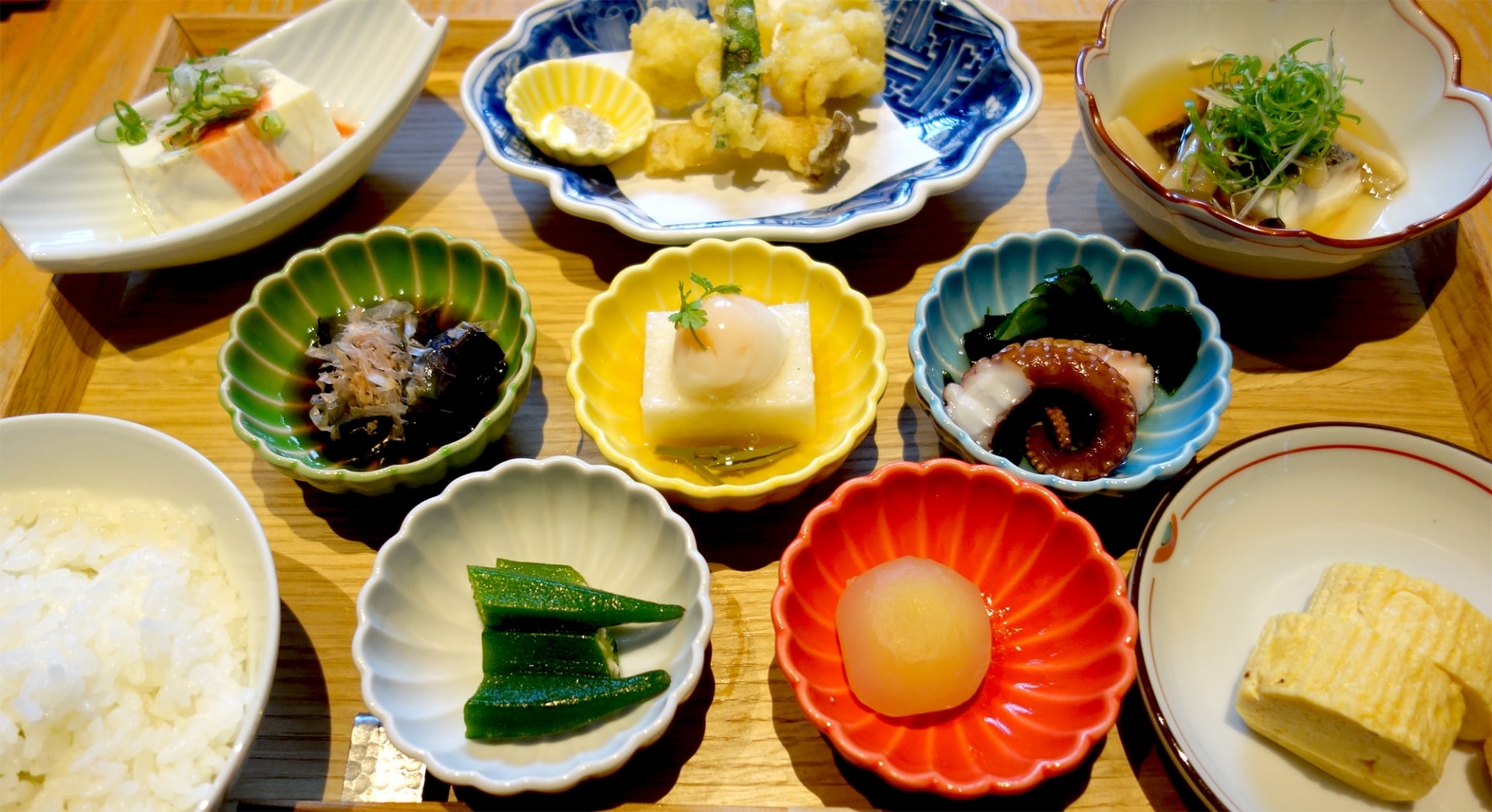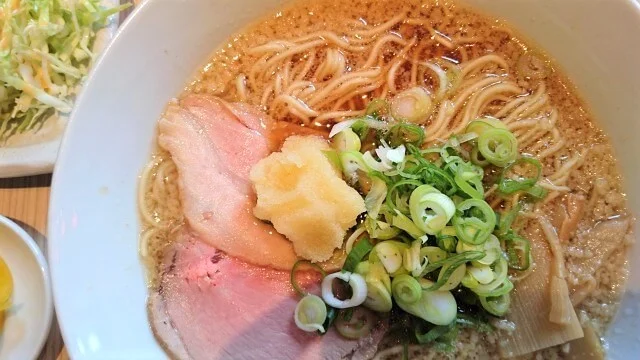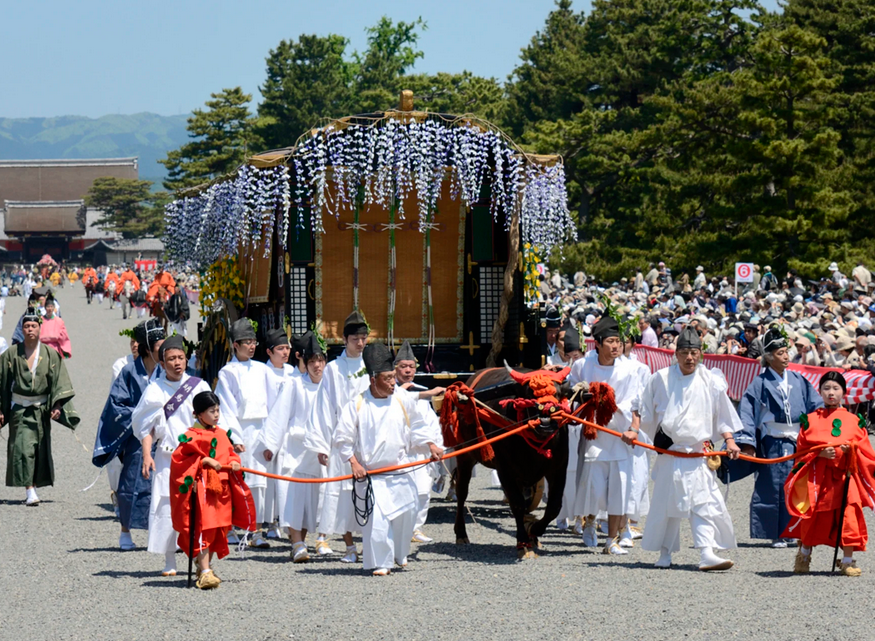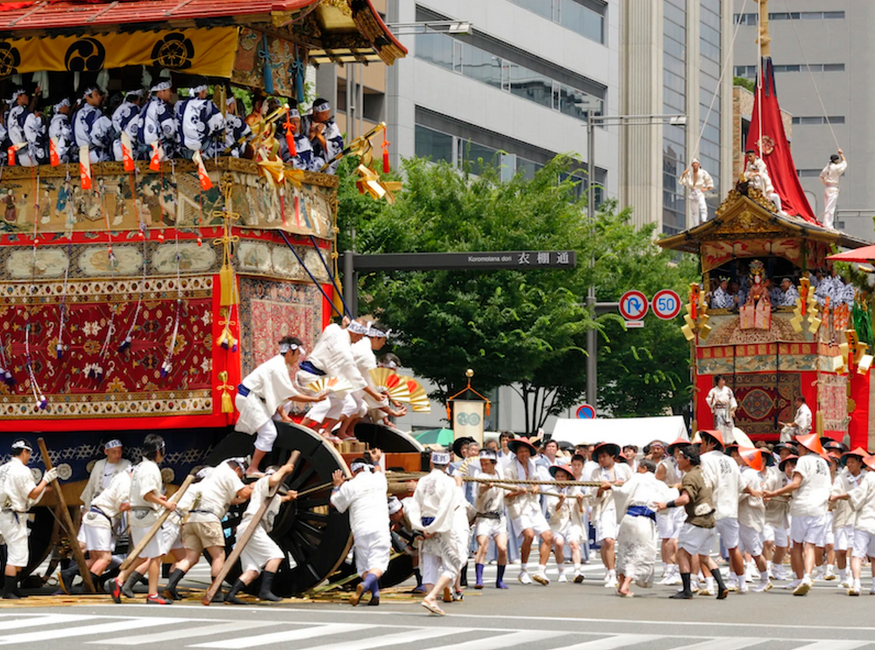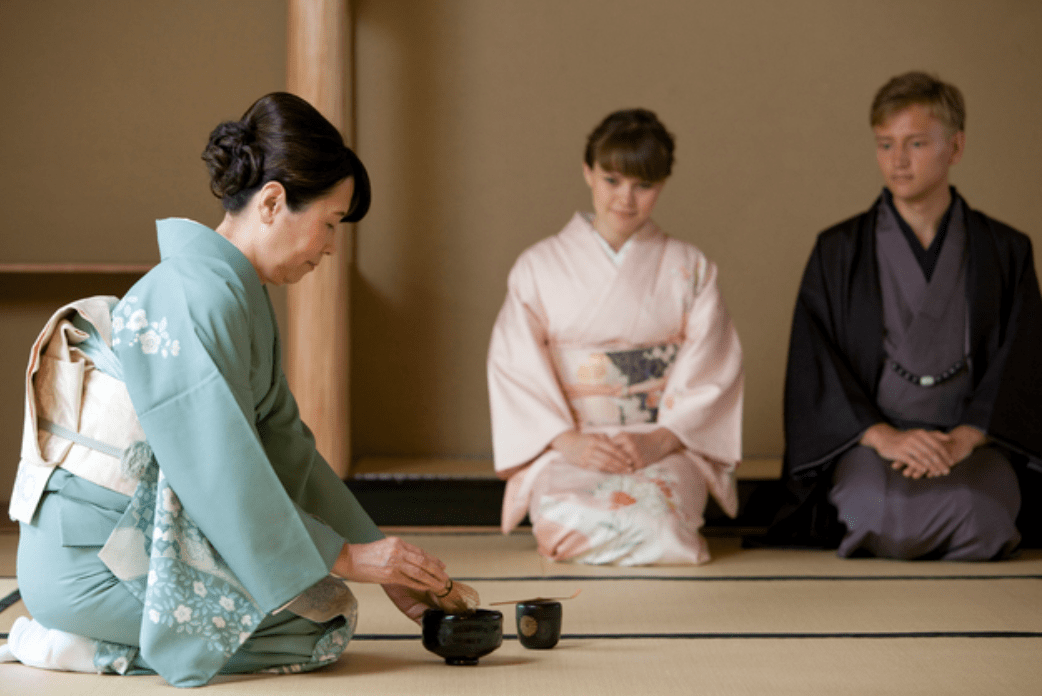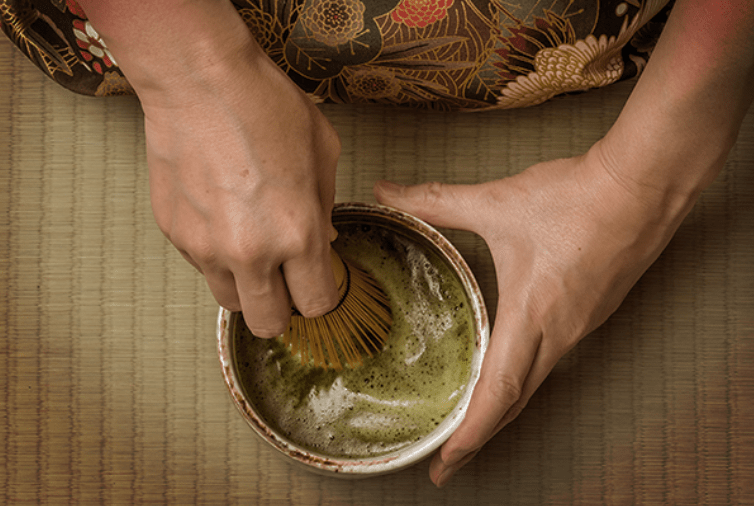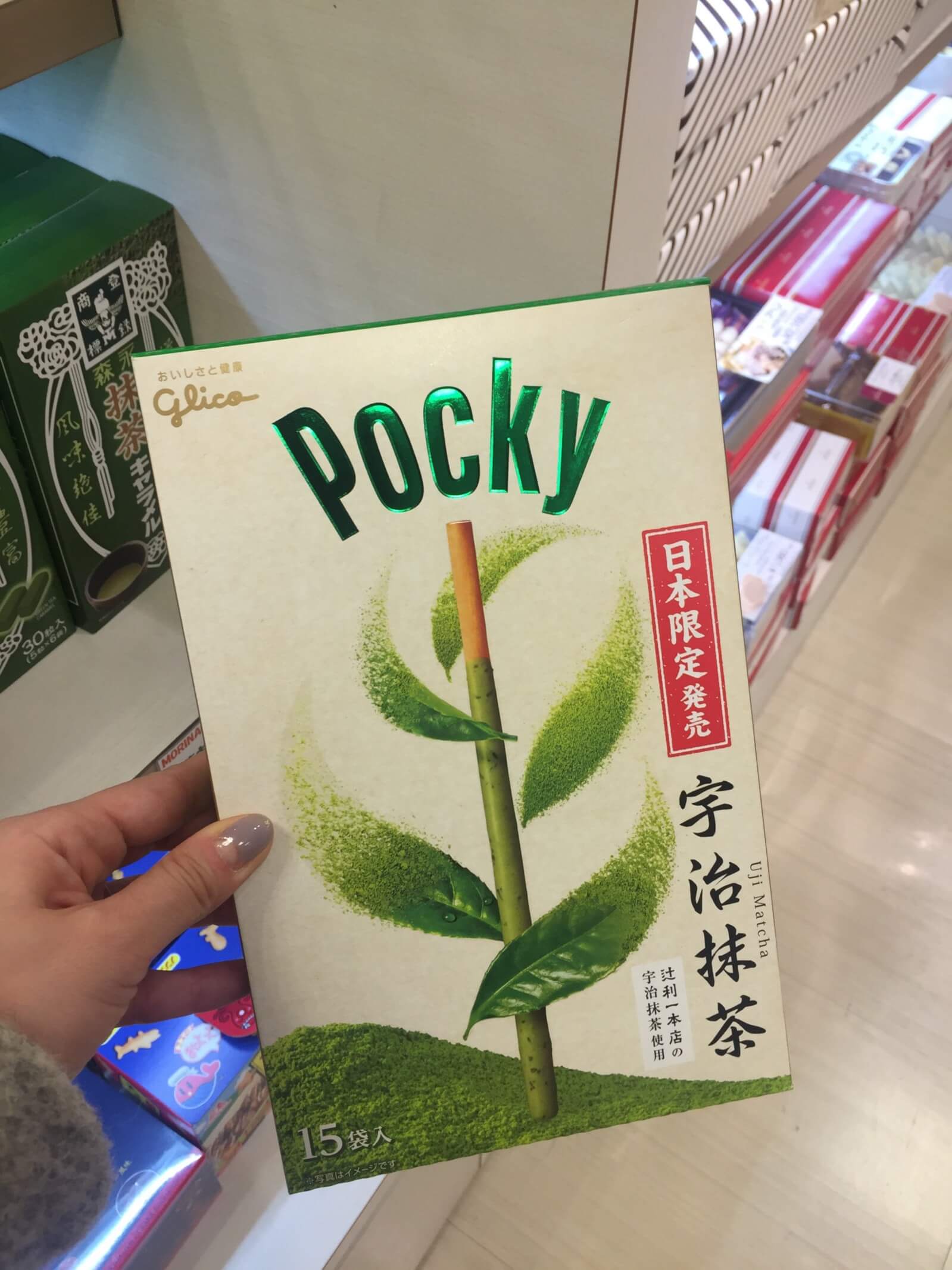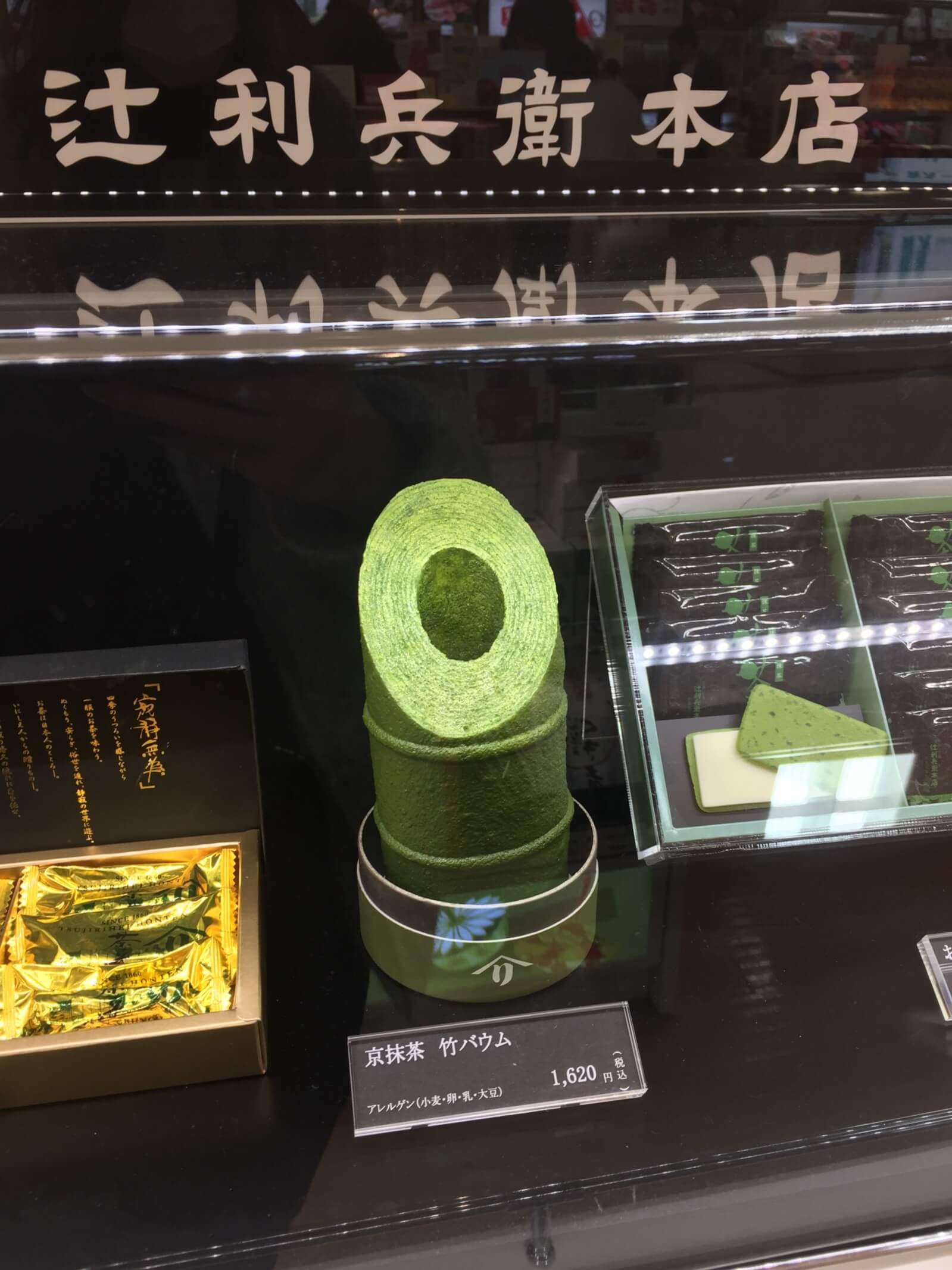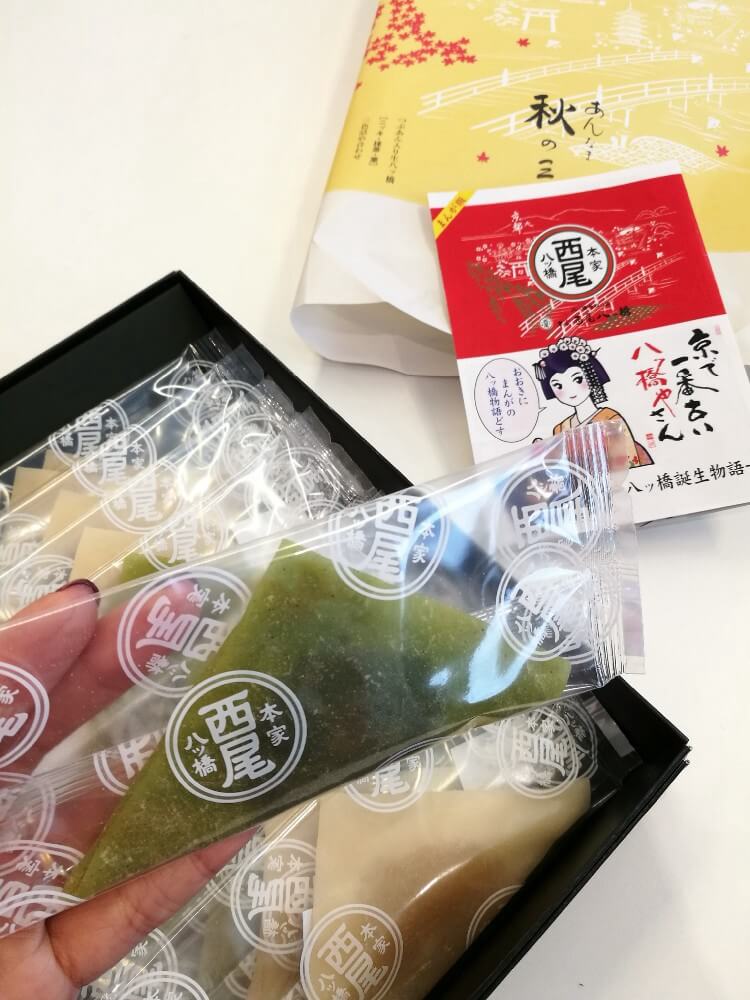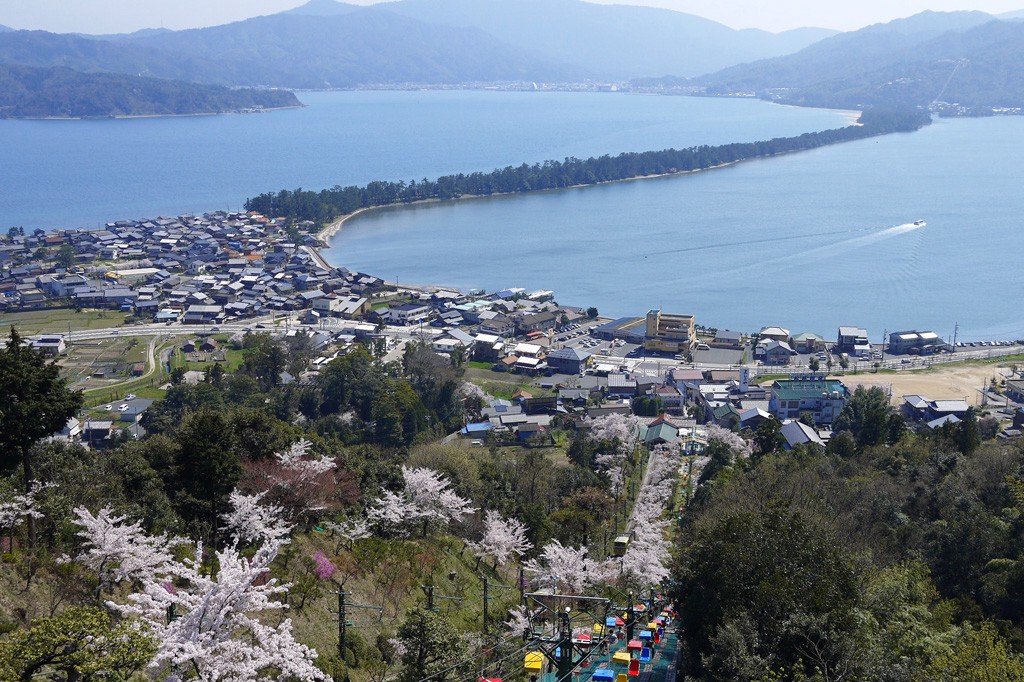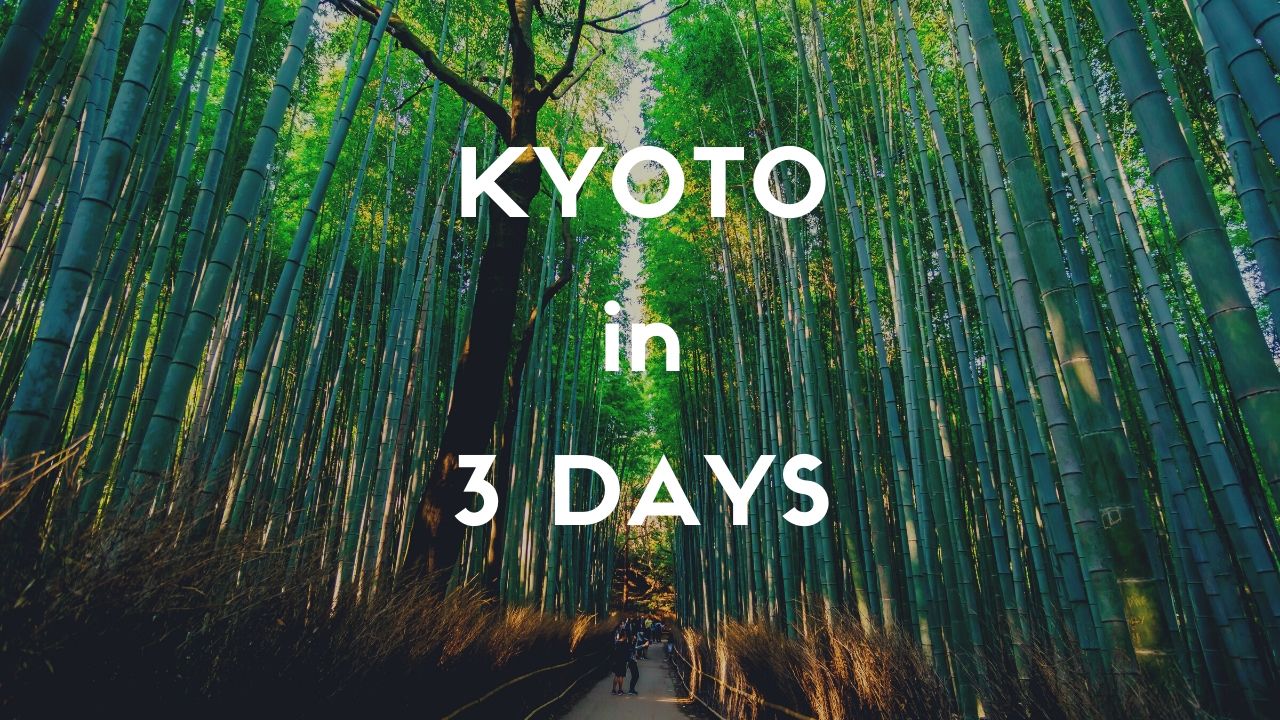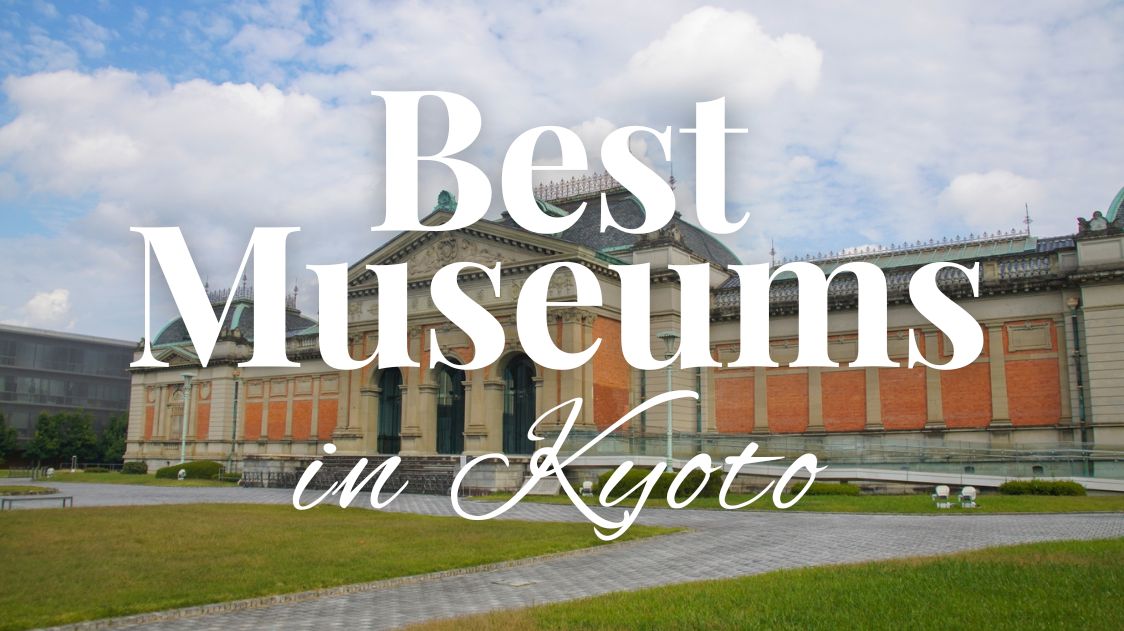26 Best Things to Do in Kyoto
Kyoto Bucket List: What to Do in Kyoto Right Now
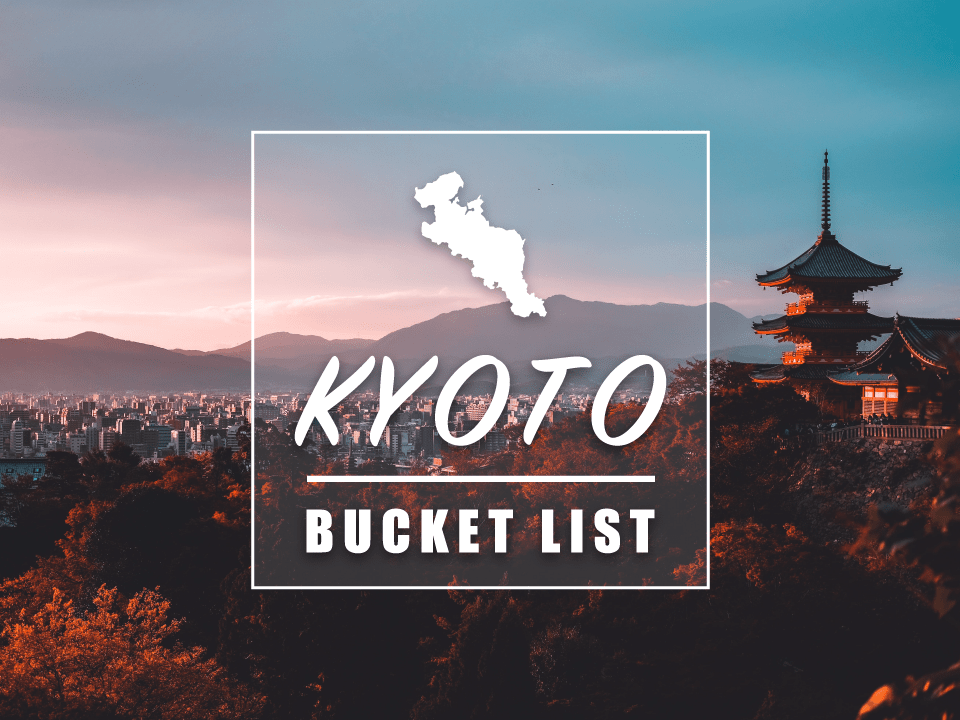
Are you planning to visit Kyoto? Wondering what to do and where to visit in Kyoto? As Kyoto is a big city with countless tourist attractions, you should definitely plan your trip in advance to travel Kyoto efficiently and without wasting time.
This is a Kyoto Bucket List introducing the best things to do and top attractions in Kyoto, especially for first time visitors. The list covers not only famous temples and shrines but also hidden gems and recommended tours and activities. Let’s check them out!
For an overview of Kyoto, please check out our All‑in‑One Guide to Kyoto.
*Please note that this article contains affiliate links.
What is Kyoto Famous For?
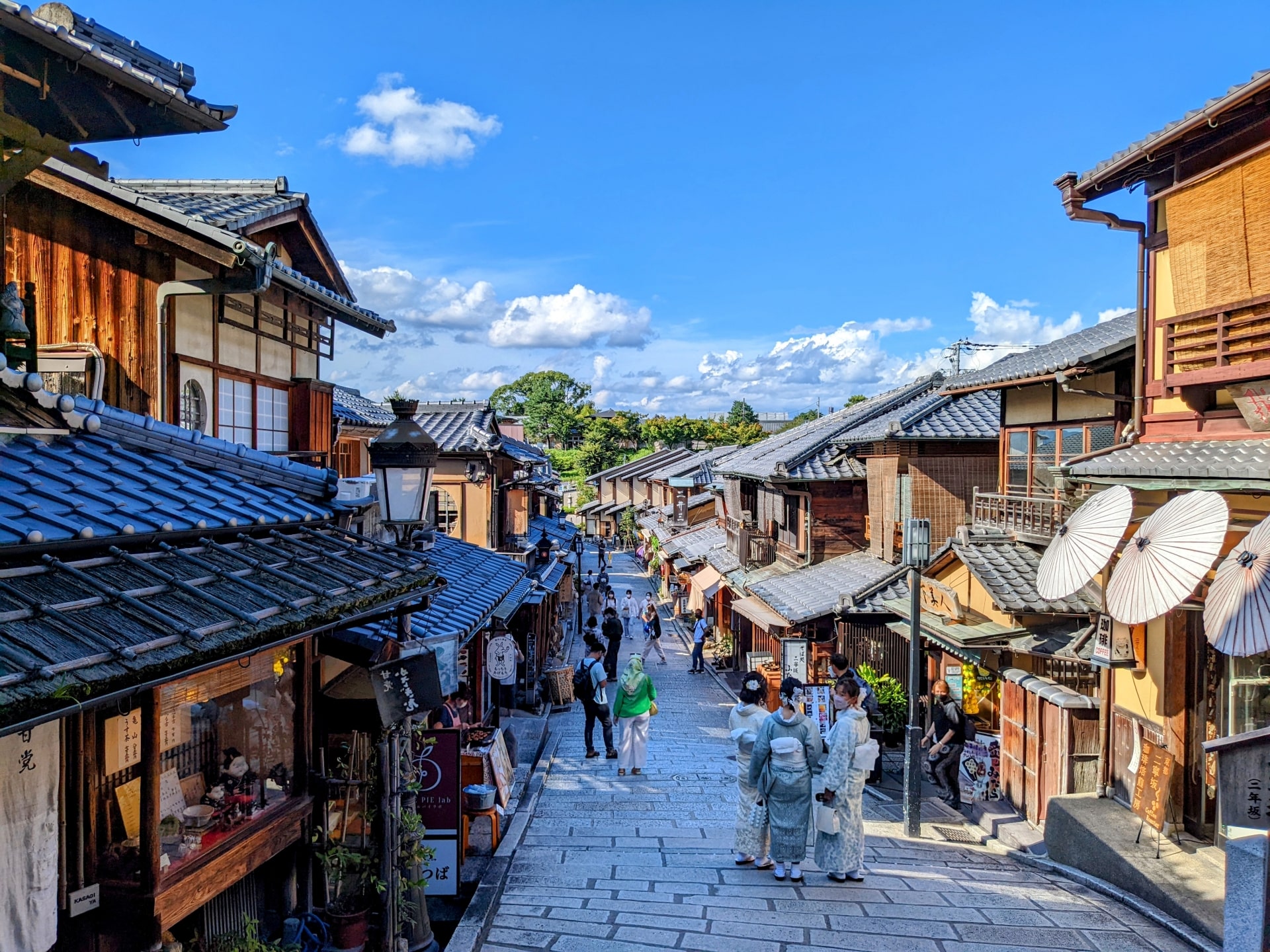
Kyoto is one of the most popular tourist destinations in the whole world today, which is known for the well-preserved old town with majestic historic monuments. It’s located in the heart of Kansai Region in Western Japan alongside of Osaka and Nara.
The city used to serve as the capital city of the country for over 1,000 years (from 794 to 1868), called Heian-kyo, and is home to over 4,000 well-preserved historical monuments such as temples and shrines which are the main tourist attraction of the city. Kyoto attracts millions of visitors from Japan and overseas in all year around.
In comparison to the modern capital, Tokyo, the ancient capital Kyoto is a must-visit destination for every tourist to Japan to experience the traditional Japanese culture and old town atmosphere.
Best Things to Do in Kyoto Right Now
1. Kinkakuji Temple: Marvel at the stunning Golden Pavilion and its reflection on the pond
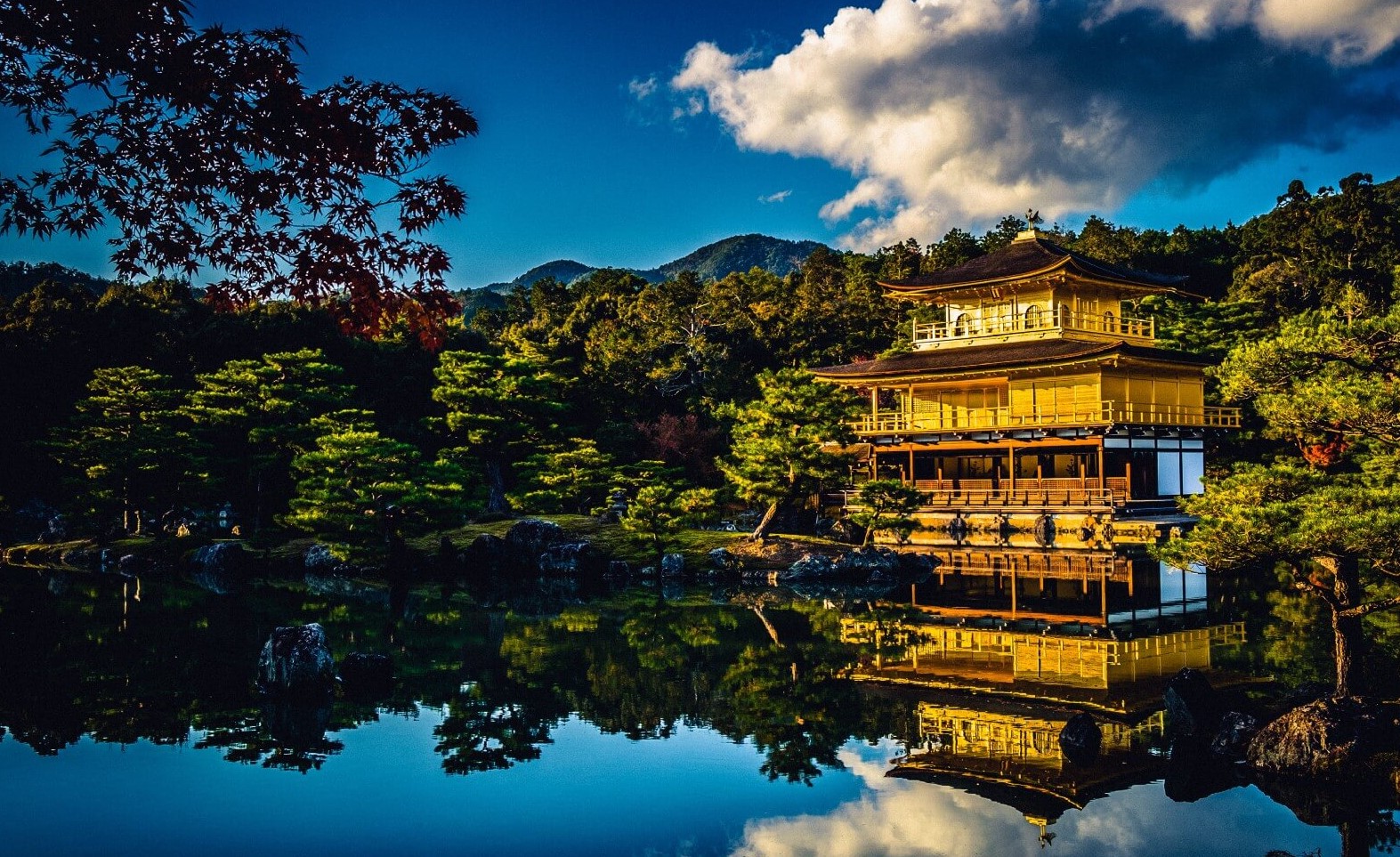
The Zen Buddhist temple, Kinkakuji Temple (金閣寺) is one of the most famous landmarks and popular tourist attractions in Japan. The temple was originally built in 1397, and its real name is Rokuonji Temple, however, because of the iconic appearance, it’s known as Kinkaiji (Golden Pavilion).
More info ▶ Kinkakuji Temple: Kyoto’s Golden Pavilion
2. Fushimi Inari Shrine: Walk through the thousands of torii gates at a popular and picturesque shrine in Kyoto
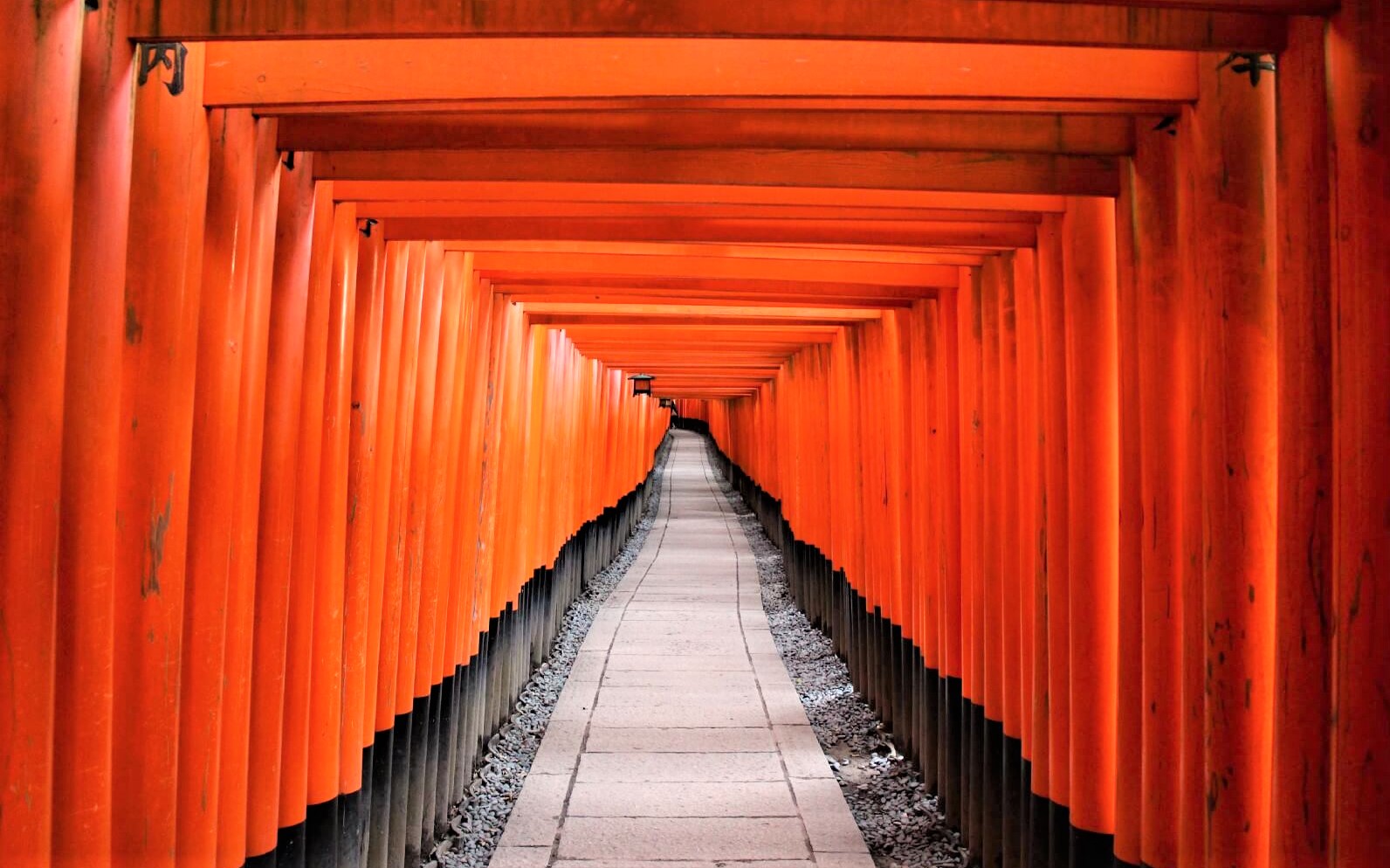
Fushimi Inari Taisha Shrine (伏見稲荷大社) is Kyoto’s most visited shrine and one of the most iconic sights in Japan today. The shrine became famous since its iconic vermilion torii gates made an appearance on the popular movie “Memoirs of a Geisha” in 2005.
More info▶ Fushimi Inari Taisha: Kyoto’s Most Visited Shrine by Foreign Visitors!
Fushimi Inari Taisha might be the busiest tourist site in Japan today, but there is a way to avoid crowds while visiting there! Take the “Fushimi Inari Hidden Hike Tour” via the secret route and see the different side of the shrine off the crowded main path!
3. Kiyomizudera Temple: Historic architecture with stunning views of the city
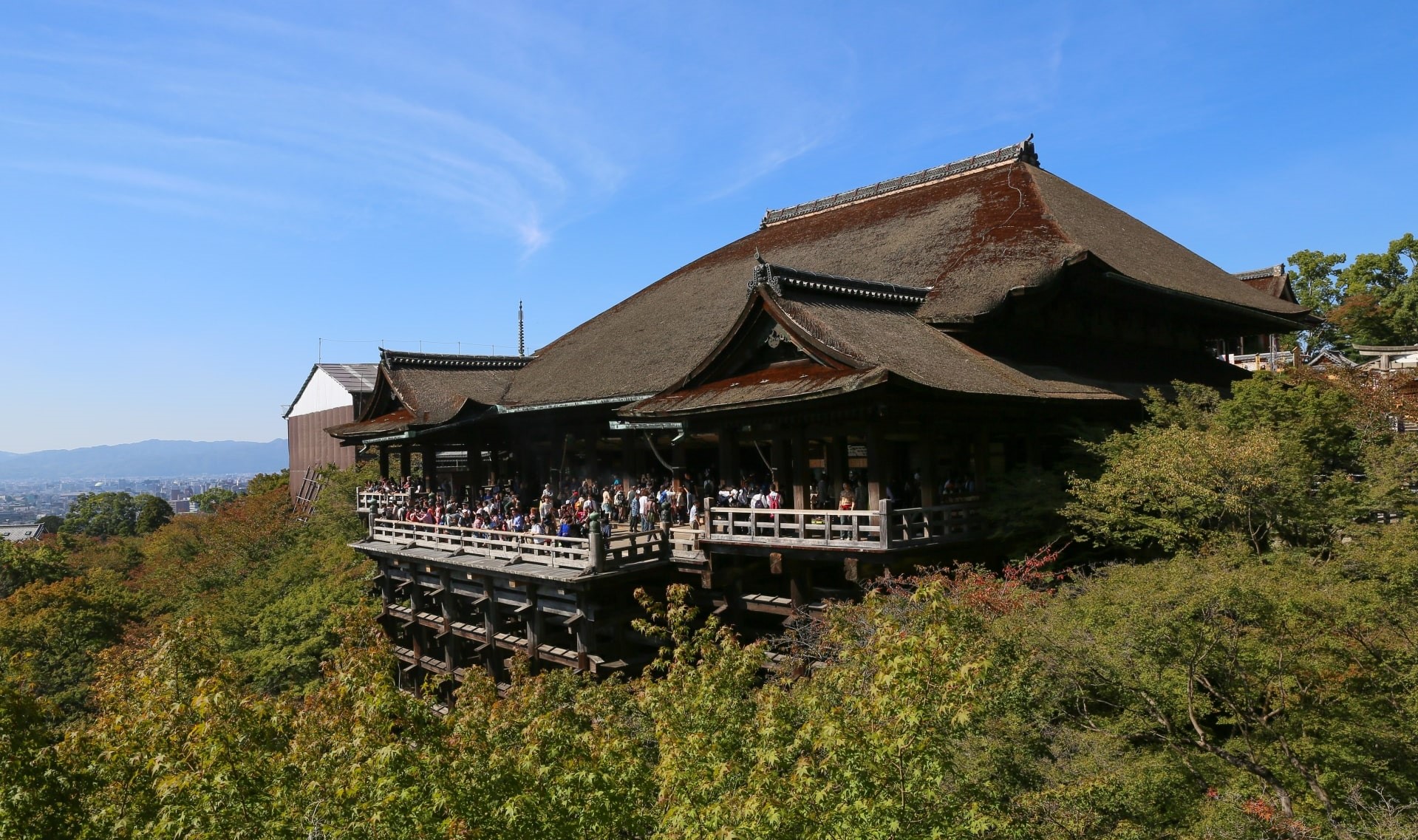
Kiyomizudera Temple (清水寺) is one of the most important and oldest historic monuments in Japan, which was built in 780. The temple has a massive wooden terrace surrounded by nature, and it displays a pleasant scenery in each season. Especially in autumn, it attracts many visitors since the night light-up event is held during the peak season of autumn leaves.
More info▶ Kyoto Kiyomizudera Temple
4. Ryoanji Temple: Contemplate the minimalist rock garden
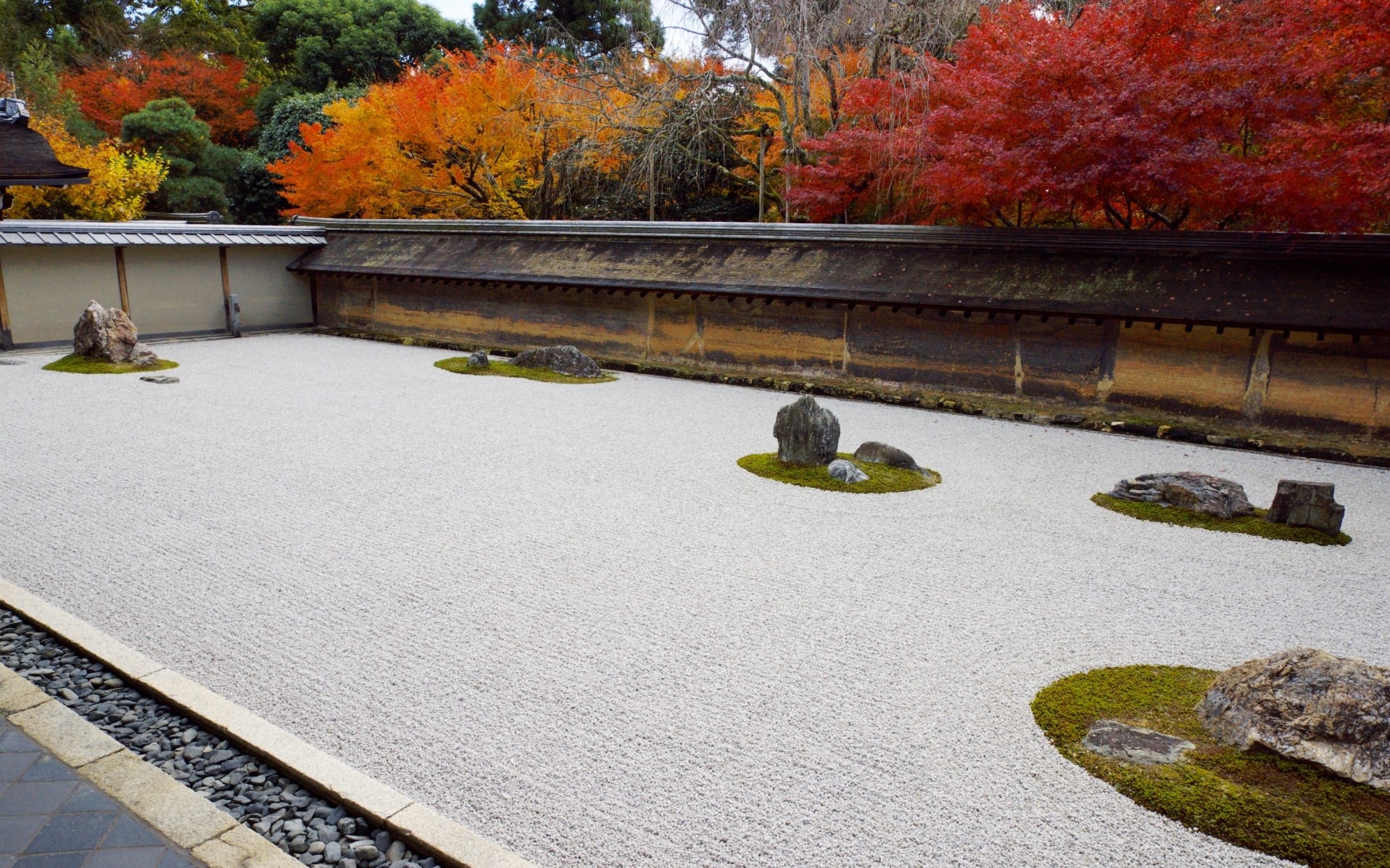
Ryoanji Temple (龍安寺) is best known for its stunning rock garden, which is designated to UNESCO World Heritage Site in 1994, as a part of Historic Monuments of Ancient Kyoto. This rock garden is considered to be the finest example of Kare-Sansui (dry landscape), the traditional form of Japanese rock gardens.
More info ▶ Kyoto’s Best Zen Rock Garden: Ryoanji Temple
5. Kifune Shrine: Nestled in the forested mountains north of Kyoto
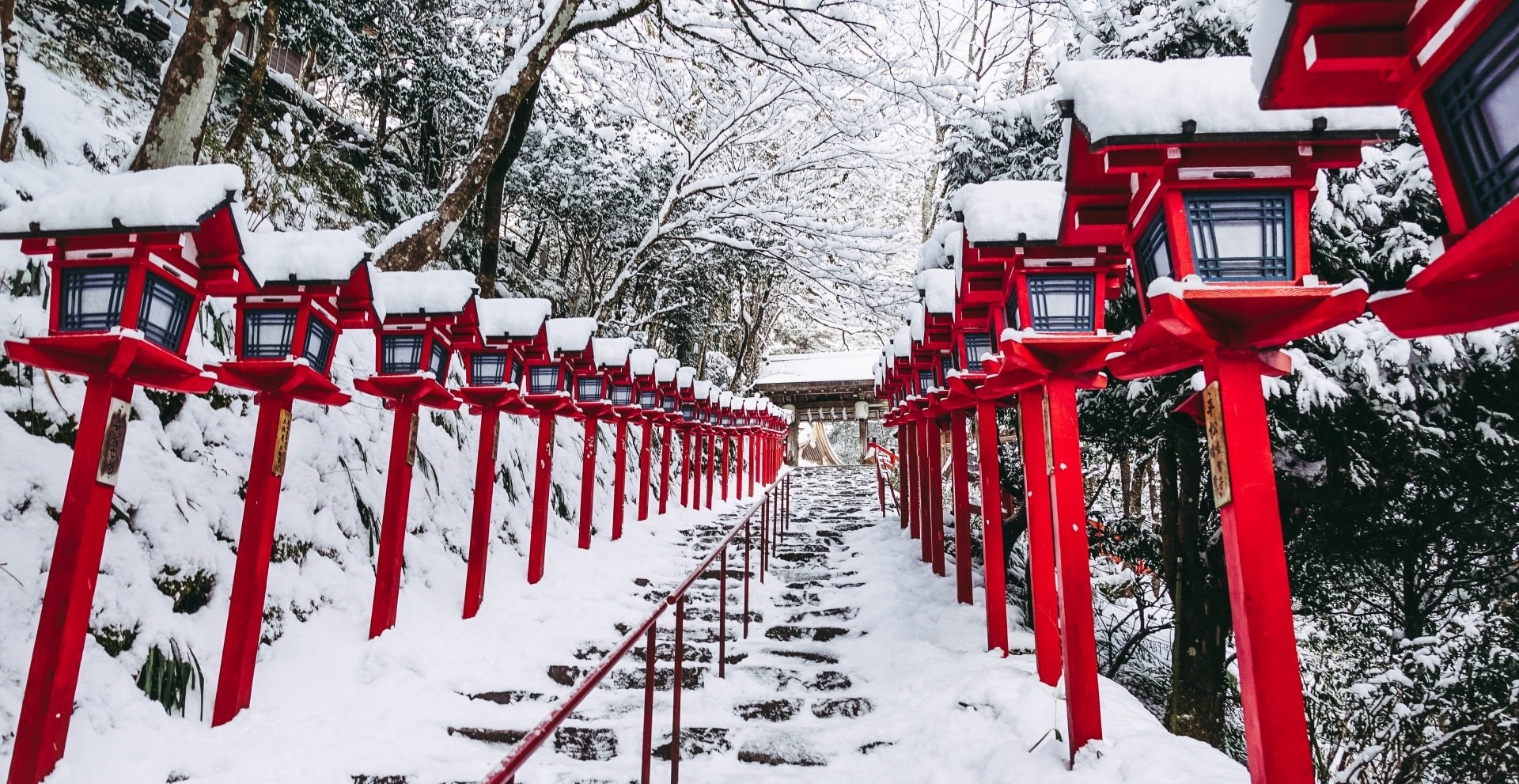
Kifune Shrine (貴船神社) has is a highly popular photo spot in Kyoto, which is famous for the astonishing scenery of the shrine approach with stairs lined with red lanterns. The shrine is also known for the divine favour for love knots and a popular site for wedding. It’s located in the village of Kibune in the northern mountains of Kyoto City.
More info ▶ New Travel Destination in Kyoto: Kifune Shrine
On the other side of Kibune River, there is Kurama known for the scenic onsen town in Kyoto. Nestled in the forested mountain, Kurama Onsen is a great destination for relaxation and connecting to nature. Kibune and Kurama are connected by a 4km hiking trail through the picturesque forests and mountains, which takes about 2 hours. Kurama Onsen can be accessed by train and bus from the central Kyoto.
More info ▶ Kurama Onsen: Kyoto’s Healing Waters
6. Ginkakuji Temple: Explore the beautiful gardens and historic architecture
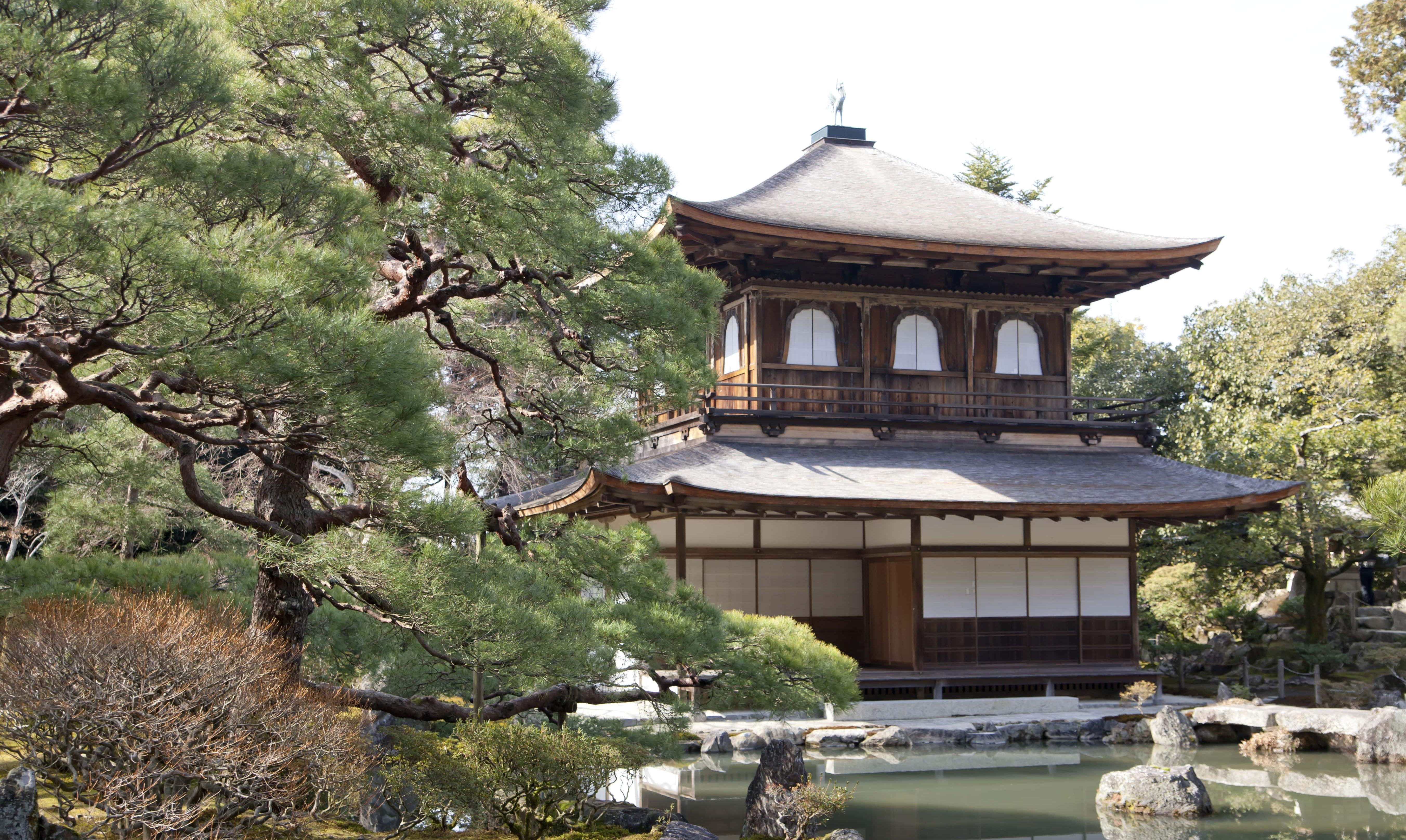
Ginkakuji Temple (銀閣寺), officially named Jishoji Temple, is a Zen temple also known as the Silver Pavilion because it was modeled after Kinkakuji Temple (the Golden Pavilion). Unlike the later, Ginkakuji is not actually painted in silver, but the temple consists of amazing complex including main hall and landscape gardens.
More info▶ Silver Pavilion: Kyoto Ginkakuji Temple
7. Higashiyama District: Wander through the historic streets and photograph the iconic Yasaka Pagoda
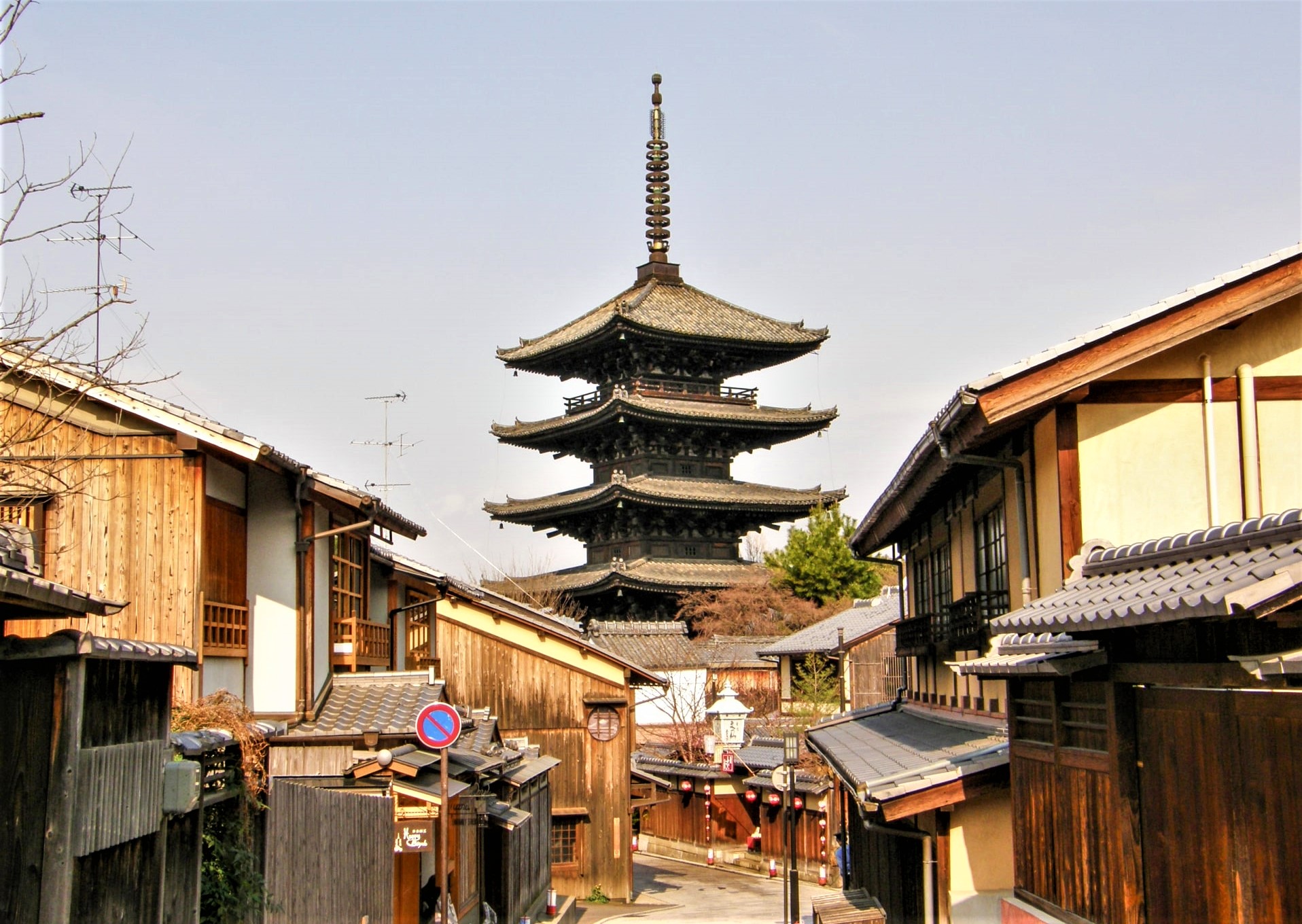
The Higashiyama District is a historical and scenic area located in the eastern part of Kyoto. It’s one of the city’s most famous and well-preserved neighborhoods, offering a glimpse into traditional Kyoto life and culture. Yasaka Pagoda (八坂の塔) is located at Hokanji Temple in the Higashiyama District. It’s the famous landmark of the district and one of the most photographed places in Kyoto. Visitors can actually enter inside the pagoda, too.
More info ▶ Yasaka Pagoda: the Best Photo Spot in Higashiyama
8. Gion: Step back in time in Kyoto’s historic geisha district
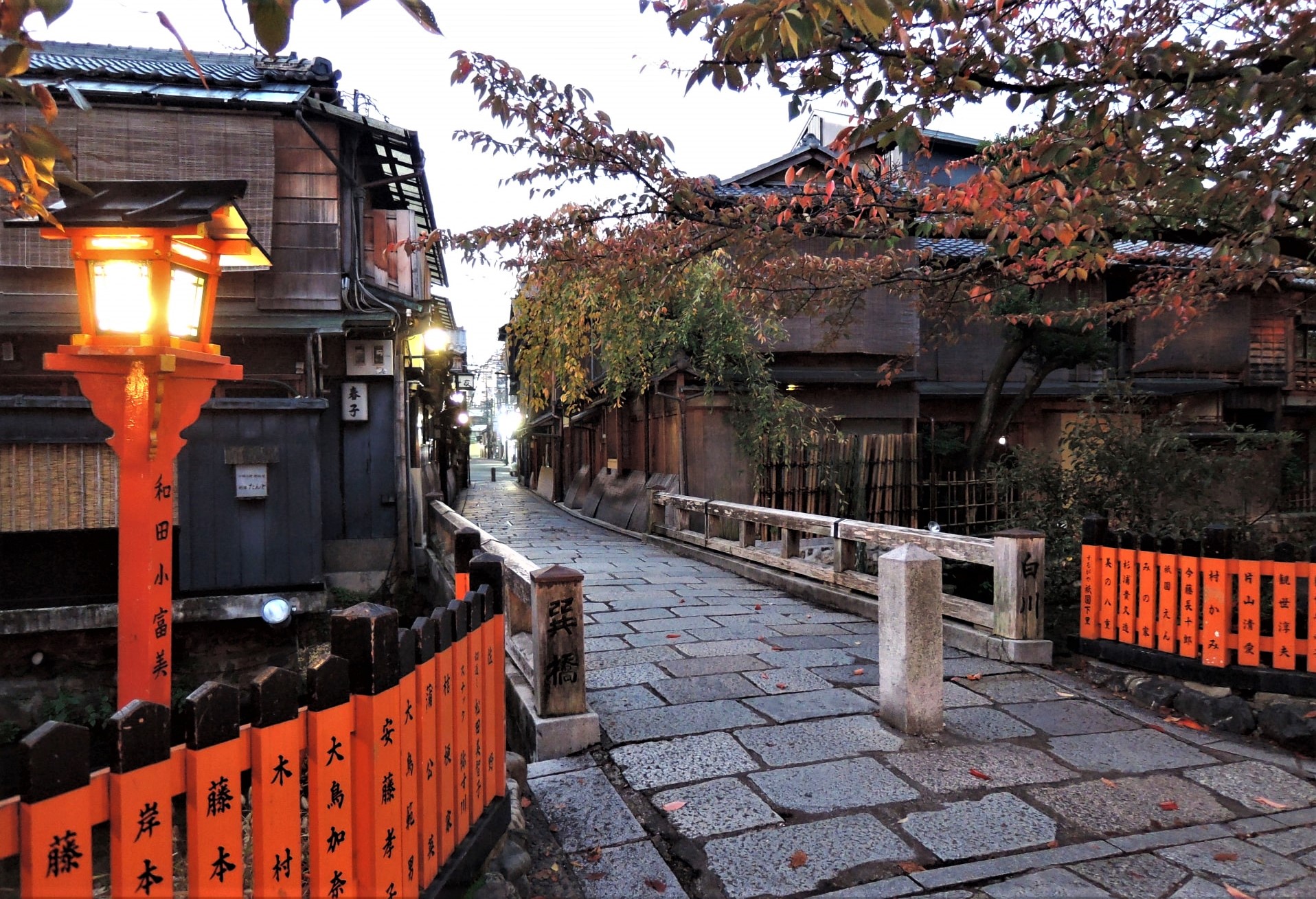
Gion (祇園) is a traditional entertainment district known as “Geisha District”. The streets of Gion, such as Hanamikoji Street, is lined with traditional wooden houses which serve as shops, restaurants and teahouses. Visitors can have upscale dining experience with authentic Geisha/Maiko dance show.
More info▶ Gion: Traditional Geisha District in Kyoto
For those who wish to dive into the Geisha culture in the Gion area, it’s recommended to have a professional guide show you around to closely experience the culture of Maiko and Geisha.
▶︎Let’s check the details of the Maiko and Geisha performance tour in Gion from here!
9. Pontocho Alley: Explore Kyoto’s Night Scene
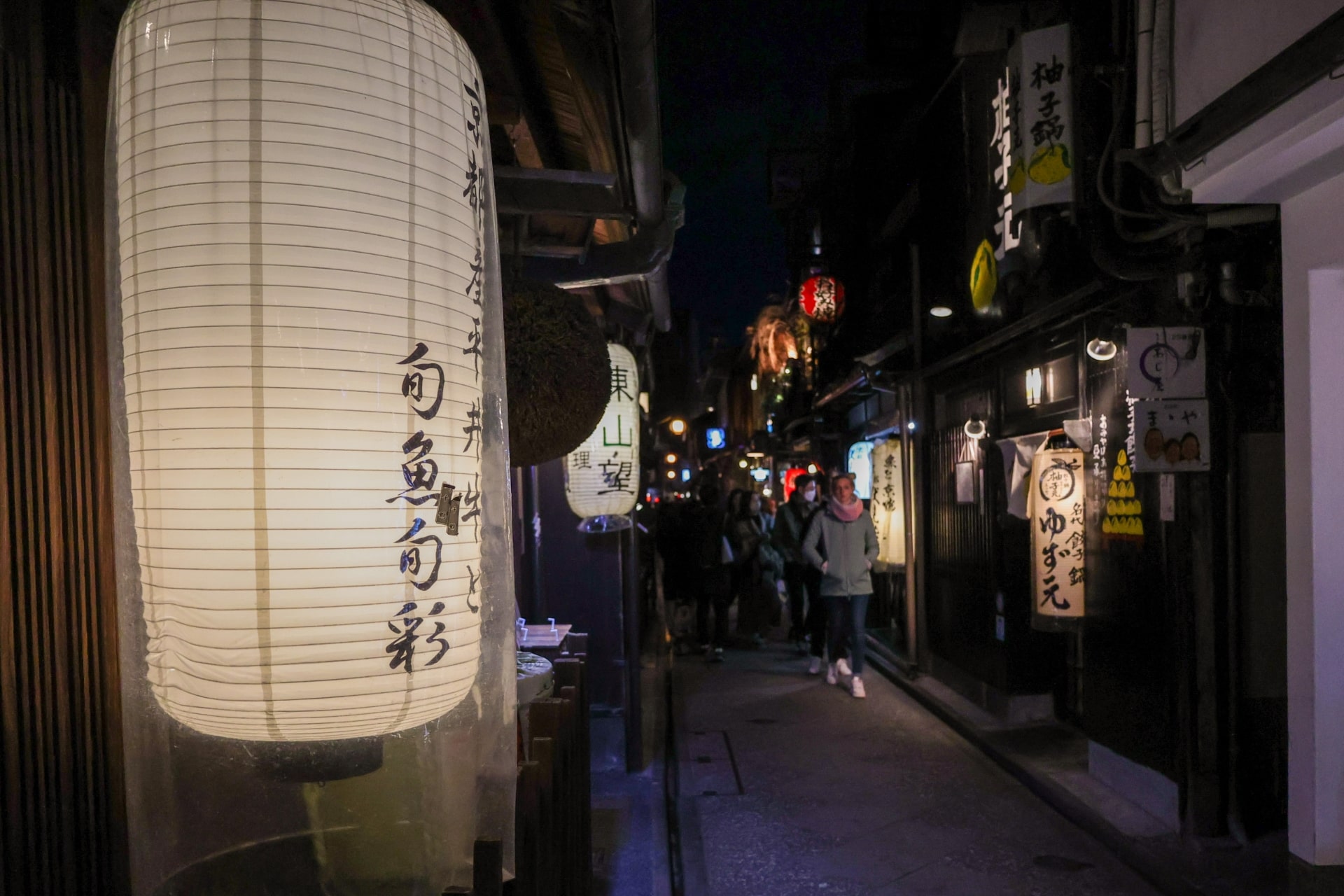
Across the Kamogawa River from Gion is Pontocho, another atmospheric district of Kyoto where geisha live and work, and where many restaurants and bars line the narrow stone paved alley. Gion and Pontocho are two wonderful areas to experience the authentic food culture of Kyoto.
If you wish to enjoy food and drink in Kyoto like the locals, it’s highly recommended to take a tour with a local guide, especially in areas like Gion and Pontocho that have many hidden dining spots but it could be challenging to enter them for tourists. Join the “Kyoto Night Foodie Tour” to explore the beautiful dining areas of Kyoto at night and taste delicious, authentic Kyoto cuisine and drinks with a local guide. Check the following link to find more details about the tour!
▶️Book the Kyoto Night Foodie Tour here!
10. Nijo Castle: Walk in the historical grounds of the UNESCO Heritage site
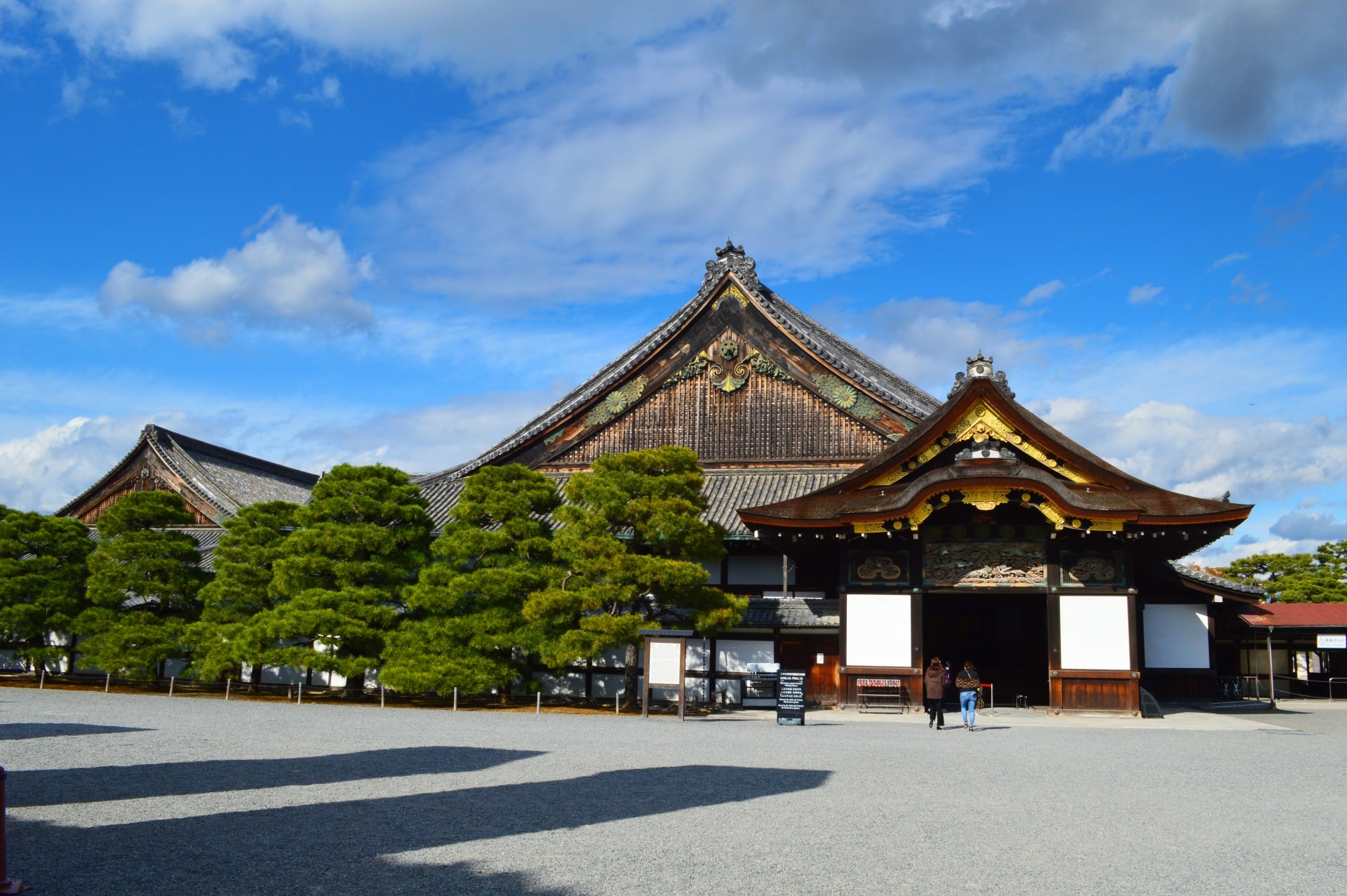
Nijo Castle (二条城) was a Kyoto residence of Tokugawa Ieyasu, the founder of Tokugawa shogunate during Edo period. The construction began in 1601, and completed after 25 yeas during the time of Tokugawa Iemitsu (Ieyasu’s grandson).
The castle consists of circles of defense walls and moats, Honmaru Palace and Ninomaru Palace, various buildings and gardens in the 27.5 ha space. It is part of UNESCO World Heritage Site registered as Historic Monuments of Ancient Kyoto since 1994, together with 16 other sites in Kyoto such as Kiyomizudera Temple and Kinkakuji Temple.
The castle is home to several gardens and groves that display seasonal scenery with greenery and flowers, and the site is especially popular during cherry blossom season. There are approx 300 cherry trees at the site with 50 variations from early to late blooming ones. A cherry blossom festival and light-up event is held during the season.
The recent events in a collaboration with NAKED, INC., a Tokyo-based creative company, featuring modern digital art with seasonal theme in traditional settings, have drawn large crowds from all over the world.
More info ▶ Nijo Castle: Kyoto’s Magnificent Samurai Treasure
Related article ▶ Nijo Castle Cherry Blossom Light-Up by NAKED
11. Sanjusangendo Temple: Meet 1,001 Kannon Statues
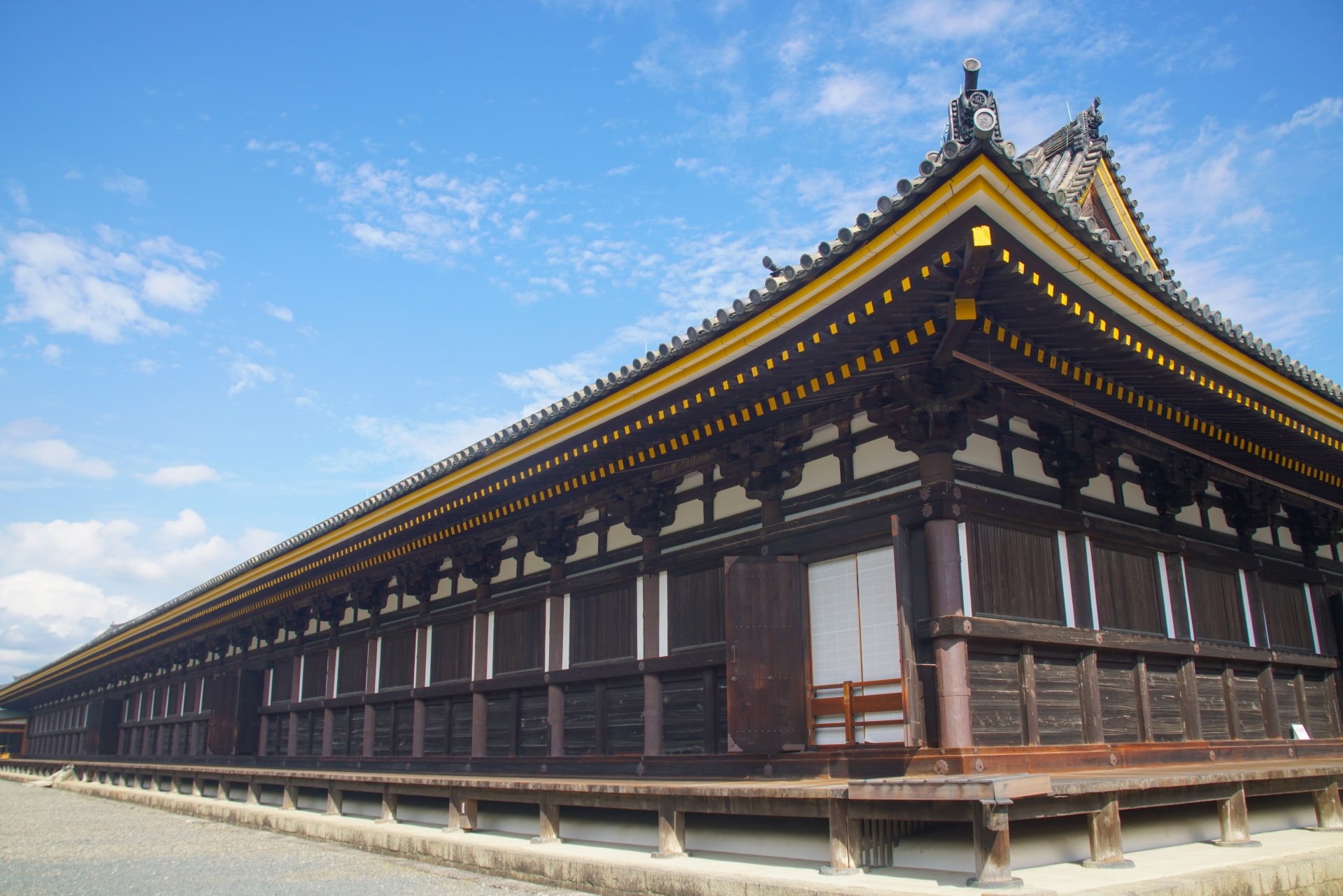
Sanjusangendo Temple (三十三間堂), officially known as Rengeo-in, is a Buddhist temple built in the year 1165. It’s located in Kyoto’s Higashiyama district. The temple is famous for having 1,001 human-sized standing thousand-armed Kannon statues. All those statues are stored in the main hall called Hondo, which is the longest temple hall in Japan, with the length of 120m. The temple and its collection are designated a National Treasure of Japan.
More info ▶ Sanjusangendo: the Buddhist Temple with 1,001 Golden Statues
12. Nanzenji Temple: Explore the national treasures
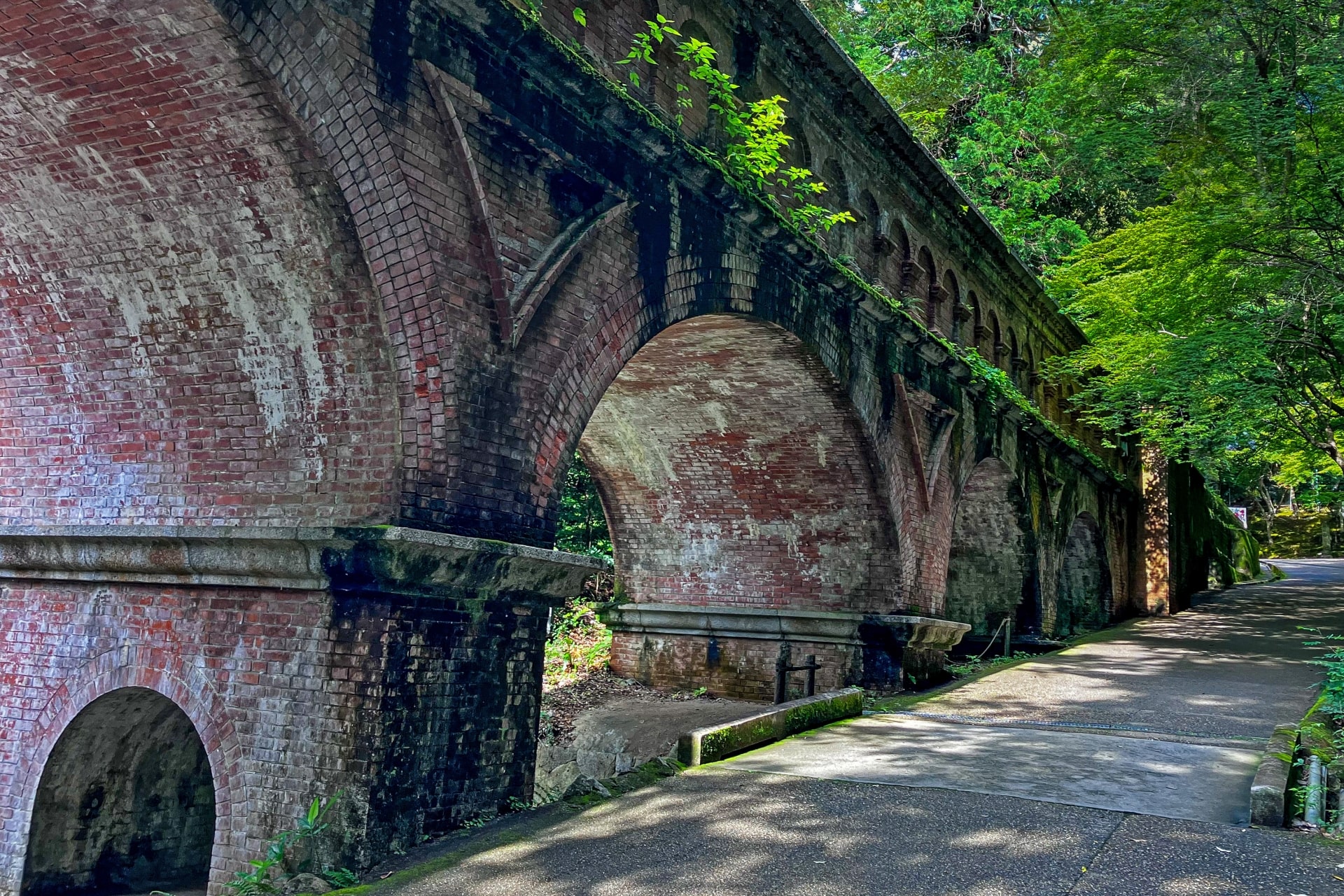
Nanzenji Temple (南禅寺) is what you should go to in the center of Kyoto, which is less known to international tourists than other historical spots that have worldwide recognition. Founded in the end of the 13th century, it is known as the highest-class temple ranked above Kyoto’s Five Mountain temples including Tenryuji Temple and Tofukuji Temple.
A huge temple gate called Sanmon, which is designated as a nationally important cultural property, awaits you near the entrance. The Hojo, designated a national treasure, includes a beautiful Japanese rock garden and golden wall paintings. The temple is also distinguished by an old red-brick aqueduct to carry irrigation water from Lake Biwa in Shiga Prefecture. In autumn, you can see leaves turn red and gold around the site.
13. Snap some photos at Kyoto’s many Instagram-worthy spots
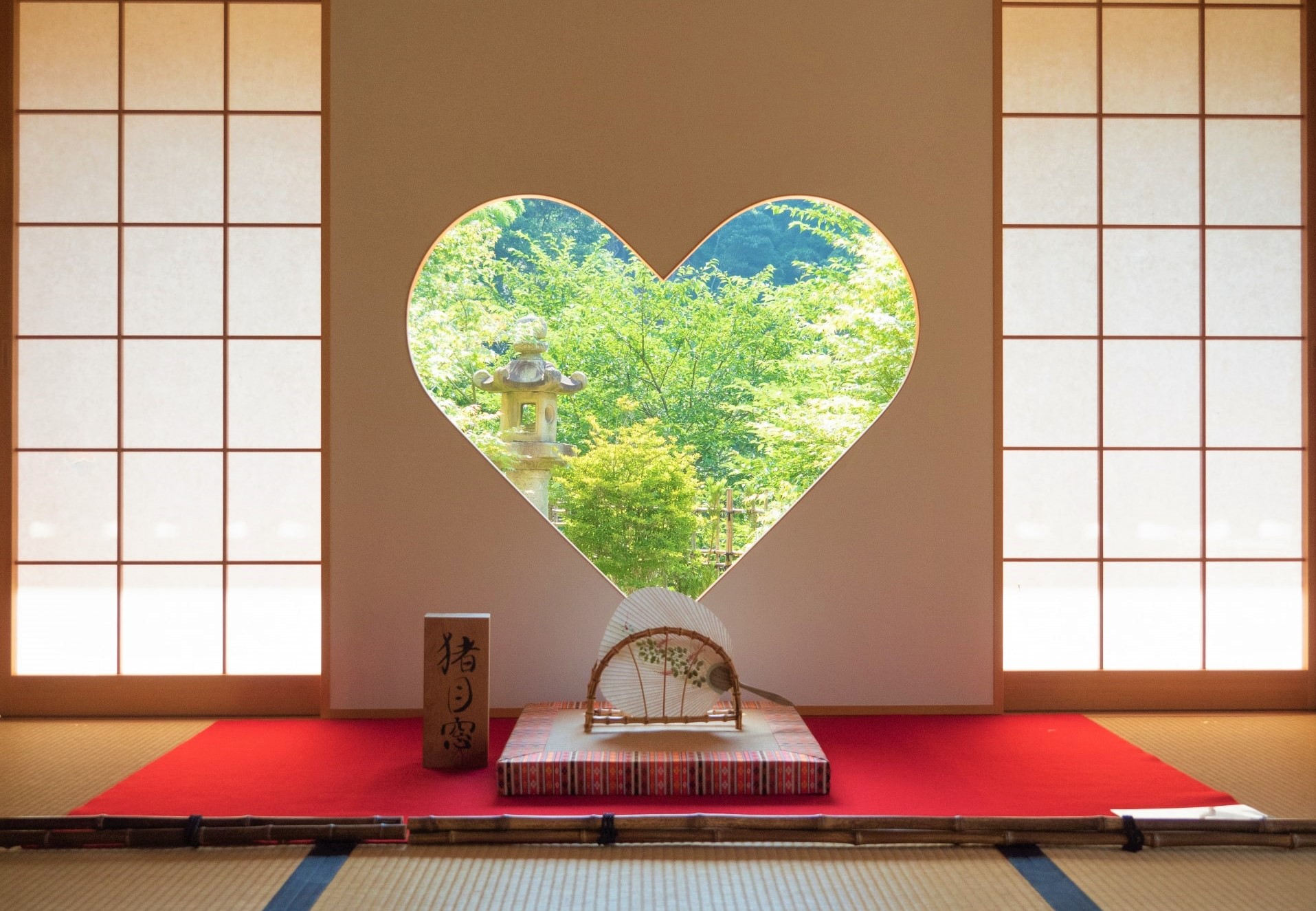
The biggest travel trend today is taking “Instagram-Worthy” photos, and Kyoto is the top destination among photographers and Instagrammers worldwide. The city has numbers of cool and beautiful photo spots including temples, shrines and traditional streetscape. There are also many cafes and restaurants serving Instagram-Worthy food, too. You’d better make sure to have enough storage space in your camera before visiting Kyoto!
More info
▶7 Most Instagram Worthy Temples&Shrines in Kyoto
▶10 Most Instagram-Worthy Desserts in Kyoto
14. Arashiyama District: Explore the outskirts of Kyoto
- Togetsukyo Bridge
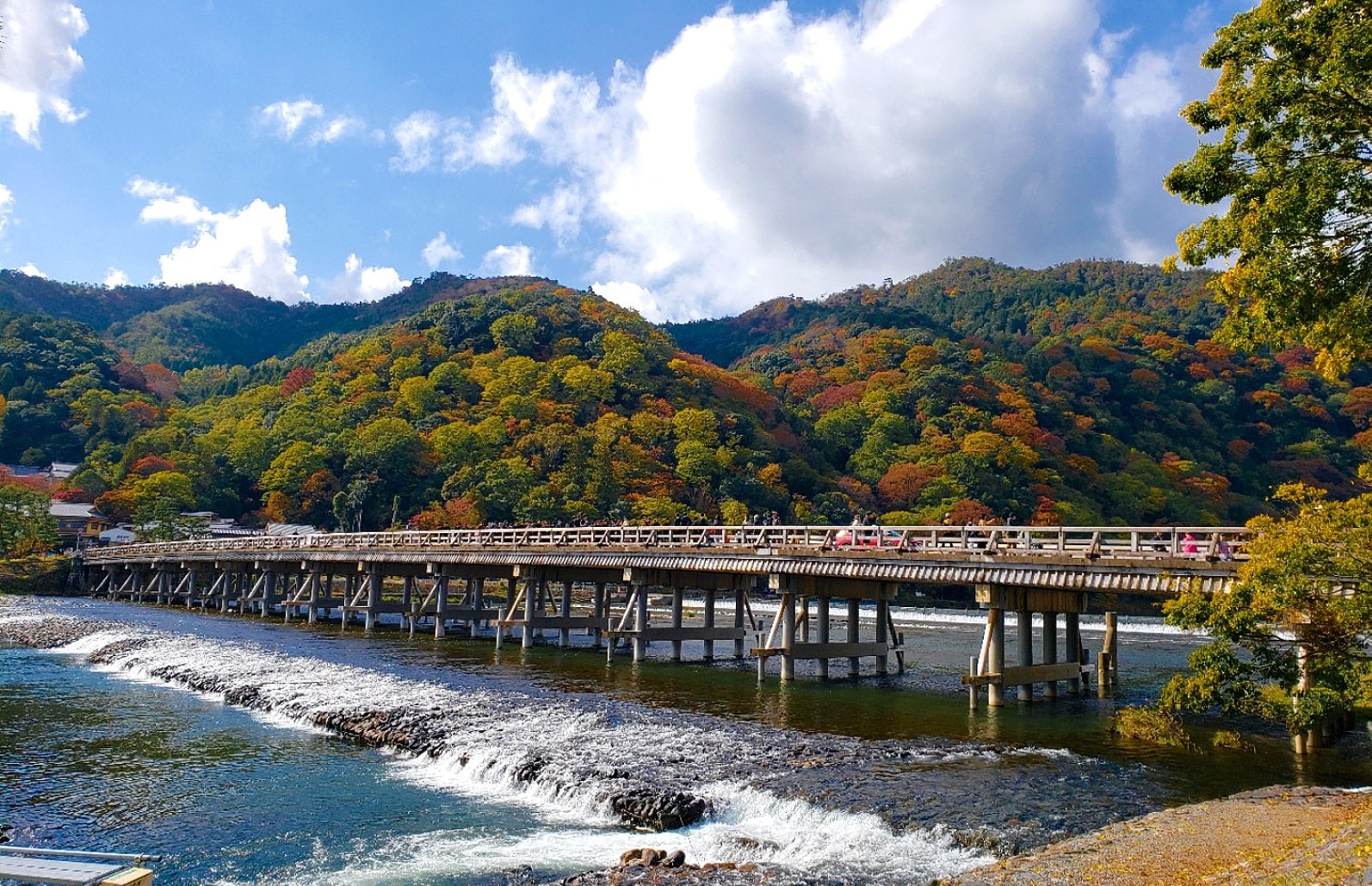
Arashiyama (嵐山) is a touristic area outside of Kyoto City, and it can be accessed in 20-30 mins from Kyoto Station by train or bus. Arashiyama is home to several important historic monuments and the rich nature, and highly popular side trip destination from the central city of Kyoto. Togetsukyo Bridge (渡月橋) is a symbol of Arashiyama area, originally built during the Heian Period (794–1185). It’s a popular place to stop by and take photos or watch the beautiful scenery with Katsura River and surrounding mountains.
More info ▶ Togetsukyo: Kyoto’s Most Iconic Bridge
- Bamboo Grove
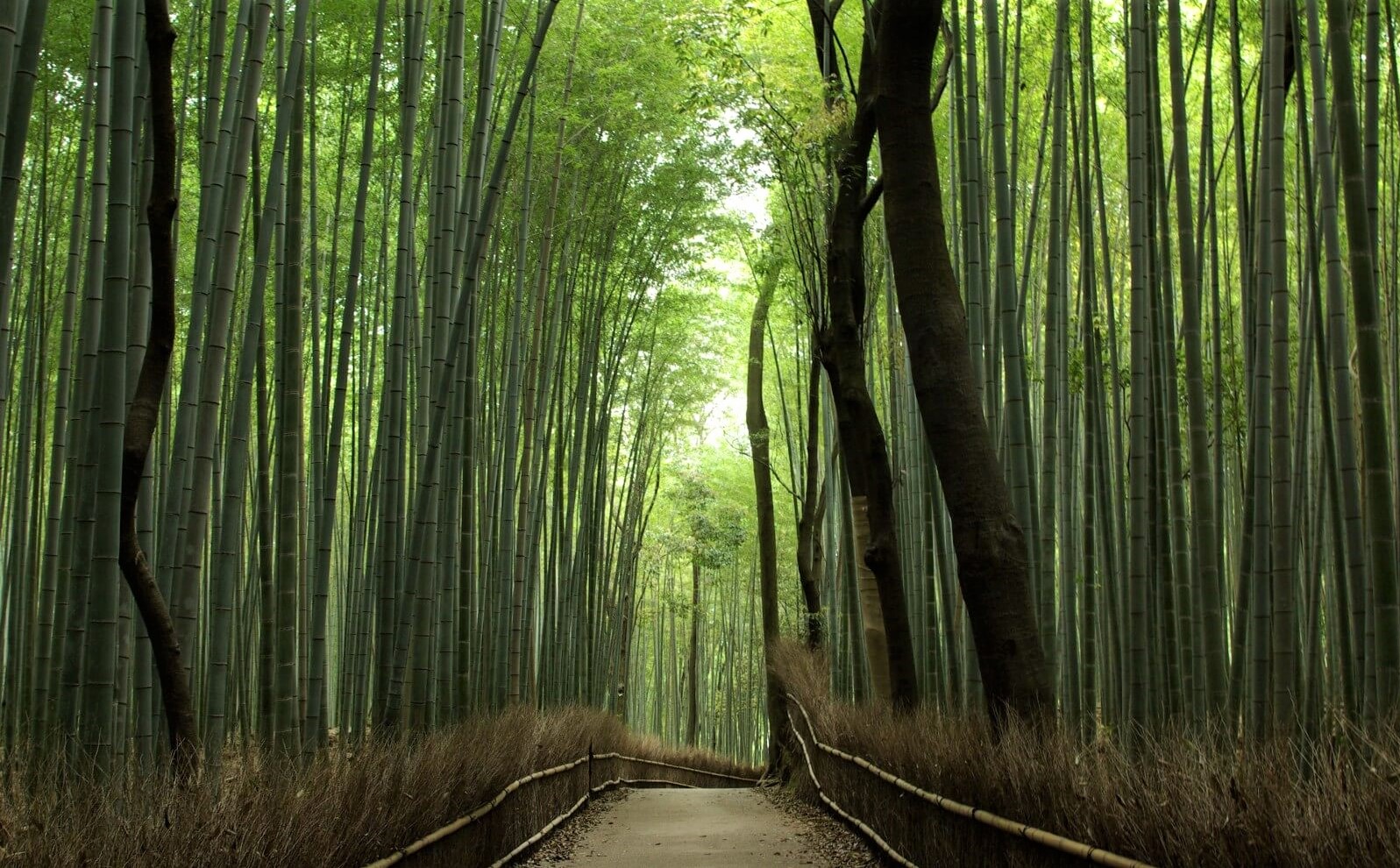
Another iconic landmark of Arashiyama area is this Bamboo Grove, which runs between Tenryuji Temple and Okouchi Sanso Garden. Here, visitors enjoy strolling through the picturesque bamboo forest and take some great photos. It’s one of the most recognizable spots in Kyoto along with Kinkakuji Temple and Fushimi Inari Taisha Shrine. If you wish to capture the path in the Bamboo Grove without crowds, it is highly recommended to visit there in early morning.
More info▶ Kyoto’s Iconic Arashiyama Bamboo Grove
Have a depth of experience in Arashiyama area with the “Kyoto Arashiyama Bamboo forest & Garden Half-Day Walking Tour”, a small group tour with a local English-speaking guide. Walk through hidden routes often overlooked by tourists and experience the best of Arashiyama, including a UNESCO World Heritage temple, famous bamboo grove, traditional villa and picturesque zen garden. The tour also includes an authentic Shojin cuisine lunch served at a restaurant inside the temple grounds. For more information about the tour, please check the following link!
- Tenryuji Temple
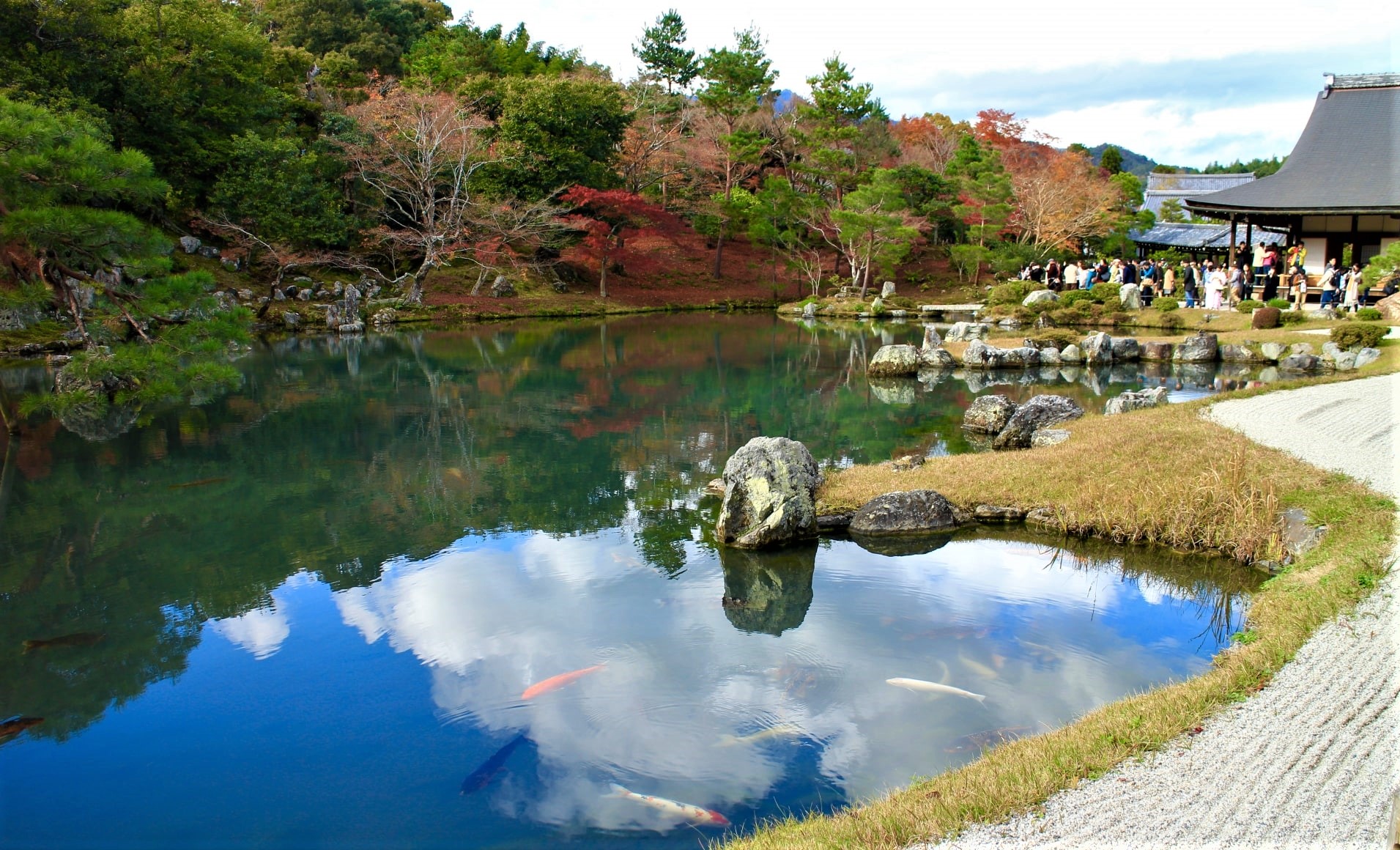
Some of Kyoto’s must-visit temples and shrines are located in Arashiyama area. Tenryuji Temple (天龍寺) is the head temple of the Tenryu branch of Rinzai Zen Buddhism, known for its gorgeous Japanese garden, and the astonishing Japanese art work, The Cloud Dragon on the ceiling of the Hatto hall. The temple was registered as a UNESCO World Heritage Site as part of the Historic Monuments of Ancient Kyoto in 1994.
More info▶ Kyoto’s Yet Another UNESCO World Heritage Site: Arashiyama Tenryuji Temple
- Arashiyama Monkey Park Iwatayama
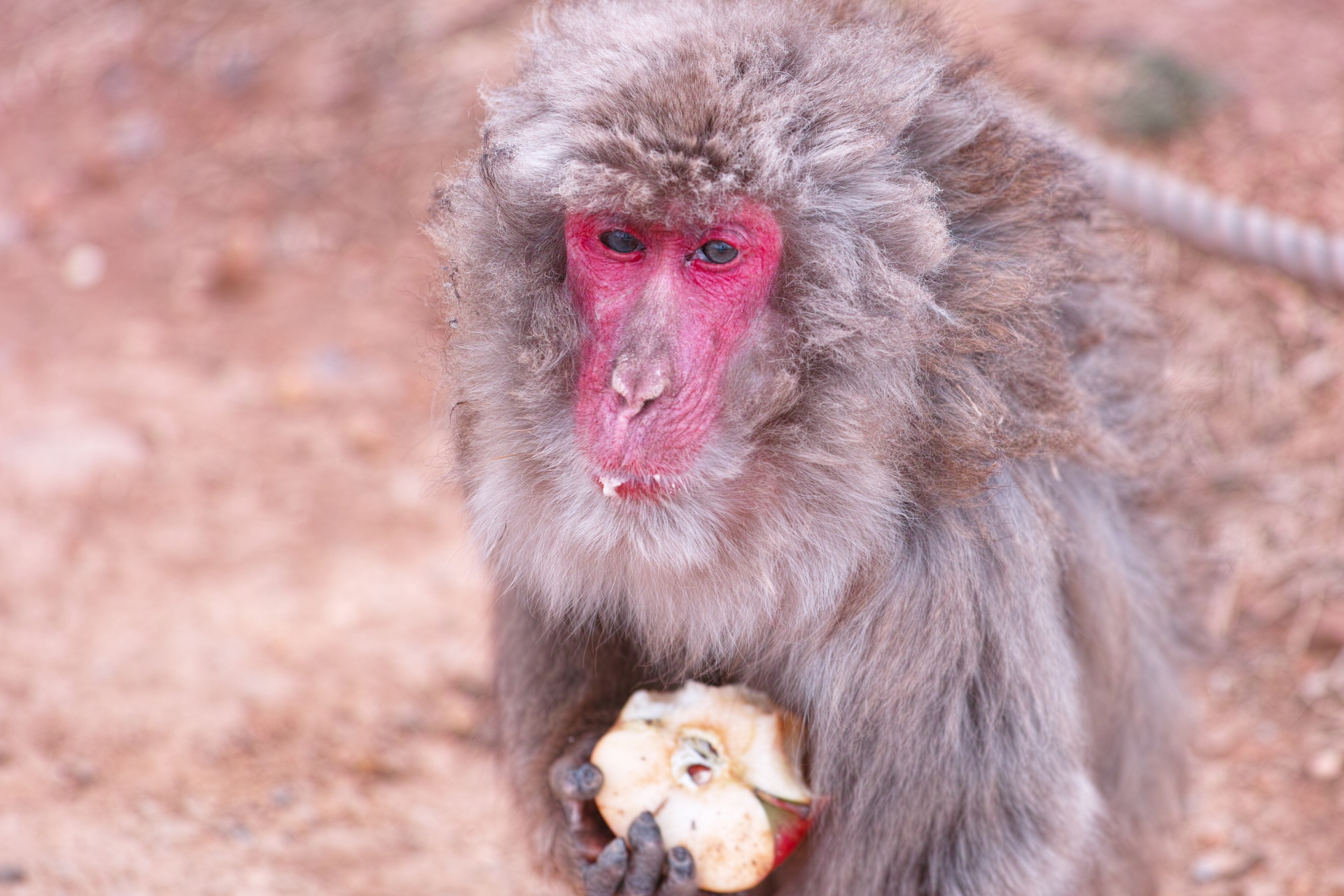
Kyoto is surrounded with lush greenery, where there are a lot of places to interact with animals aside from zoos and aquariums. Arashiyama Monkey Park Iwatayama (嵐山モンキーパークいわたやま) is inhabited by about 120 Japanese macaques, which has been visited by both Japanese and foreign tourists for a long time. The park located on the mountaintop offers an enjoyable opportunity to see the monkeys up close and feed them with snacks and apples. In addition to the changing season like cherry blossoms and autumn leaves, you can get a panoramic view of the whole city of Kyoto.
More info▶ Arashiyama Monkey Park Iwatayama, Kyoto
- Arashiyama Yusaitei
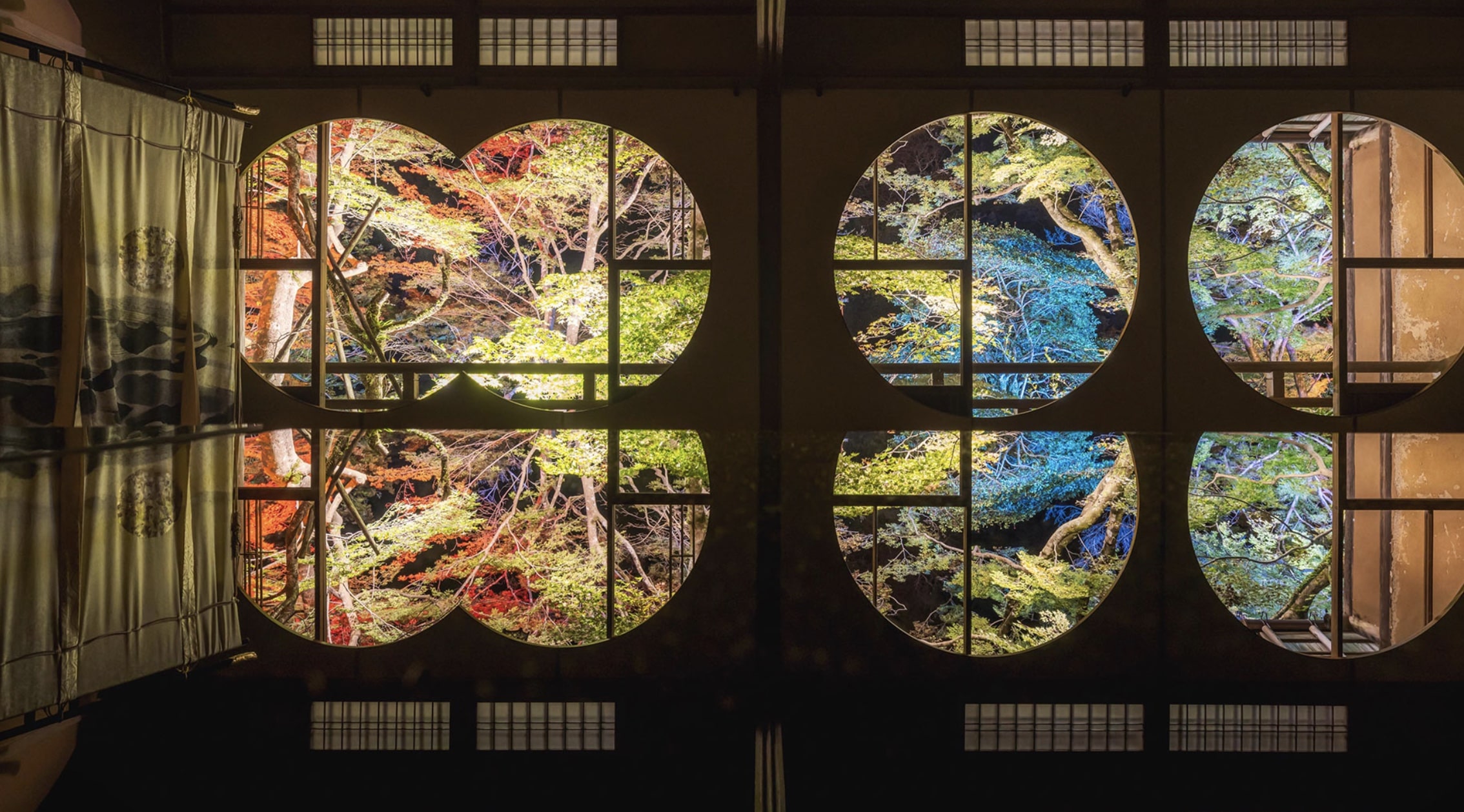
Arashiyama Yusaitei (嵐山 祐斎亭), a laboratory of the dyeing artist Yusai Okuda, is located in the Arashiyama Park. The old quiet building is composed of several rooms with the theme mixed with Japanese culture, seasonal nature, a traditional garden and unique dye dating from 1,200 years ago. At the Dyeing Art Gallery, Yusai’s renowned works are displayed. You can see fresh green leaves in summer and tint leaves in autumn through the circular windows of The Room of Round Windows. Seasonal scenery is reflected on the water at the Water Mirror room.
Map: https://maps.app.goo.gl/6AkbJ7yuFMm3MF4J6
15. Nintendo KYOTO and Nintendo Museum
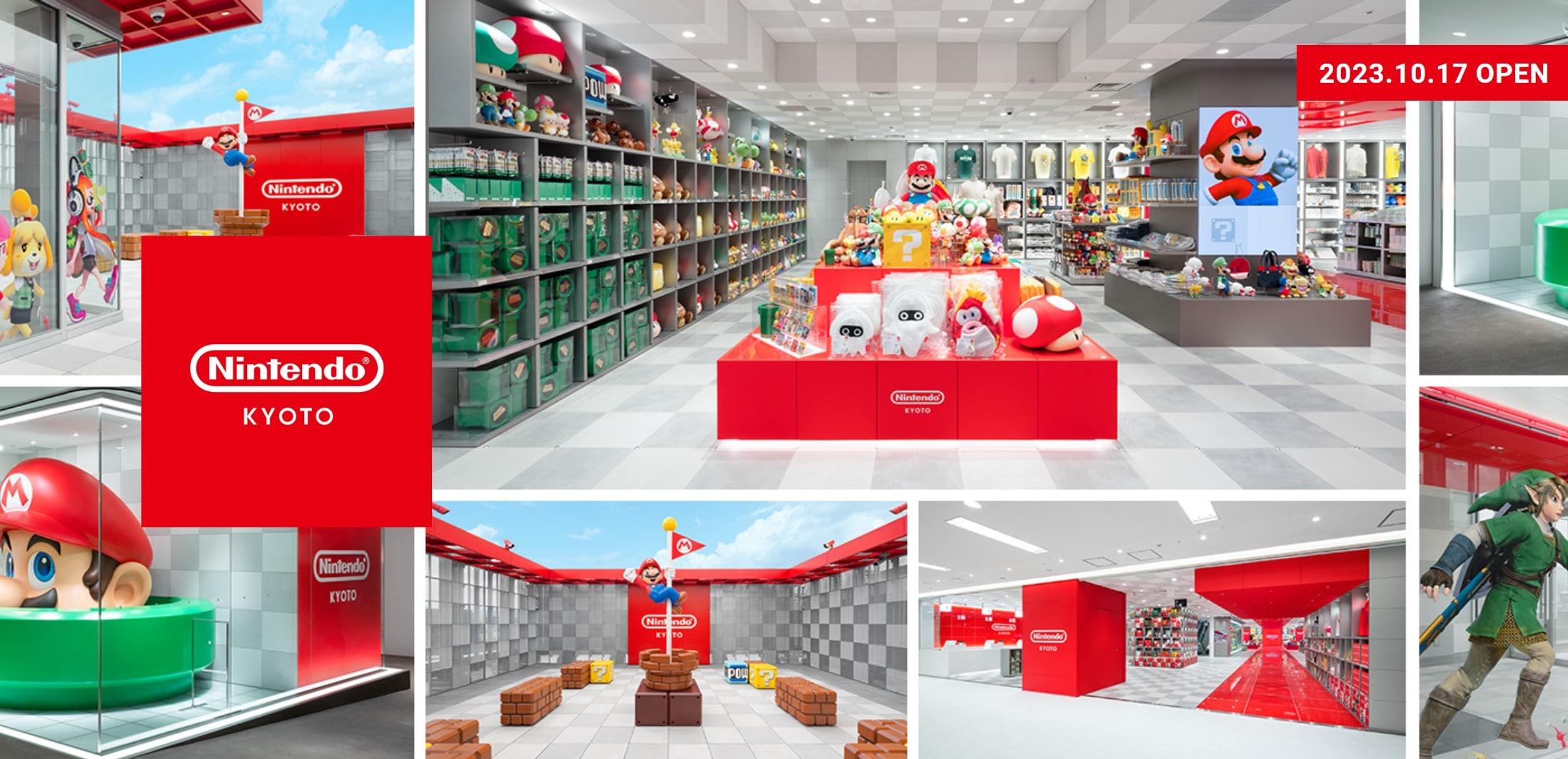
Kyoto is a great destination for Nintendo game fans. It is lesser known but the Japanese video game company was founded in Kyoto in 1889, and its headquarters is located there.
Nintendo KYOTO opened on the 7th floor of the newly renovated department store Kyoto Takashimaya SC in October 2023 as the brand’s third official store after Tokyo and Osaka. The shop offers game consoles and software as well as a wide range of merchandise from Nintendo’s popular games such as Super Mario, the Legend of Zelda, Splatoon and Kirby, including toys, apparel, stationery, snacks and some exclusive products to the Kyoto store. At the entrance on the ground floor of the building, you will be greeted by the giant statue of Super Mario from a green pipe, which is a great photo spot. There’s also a photo spot on the rooftop of the building, with Super Mario hanging on the goal pole.
More info ▶ Nintendo KYOTO: The Latest Official Nintendo Store in Japan

With much anticipation for gaming fans, the Nintendo Museum opened in Kyoto in 2024 autumn. The museum is a facility that displays products released by Nintendo in past and the extensive history of the company, It’s converted from the former Uji Ogura plant of Nintendo. More information about the museum check the following link.
More info ▶ Nintendo Museum
16. Amanohashidate: Make an excursion to the scenic long sandbar
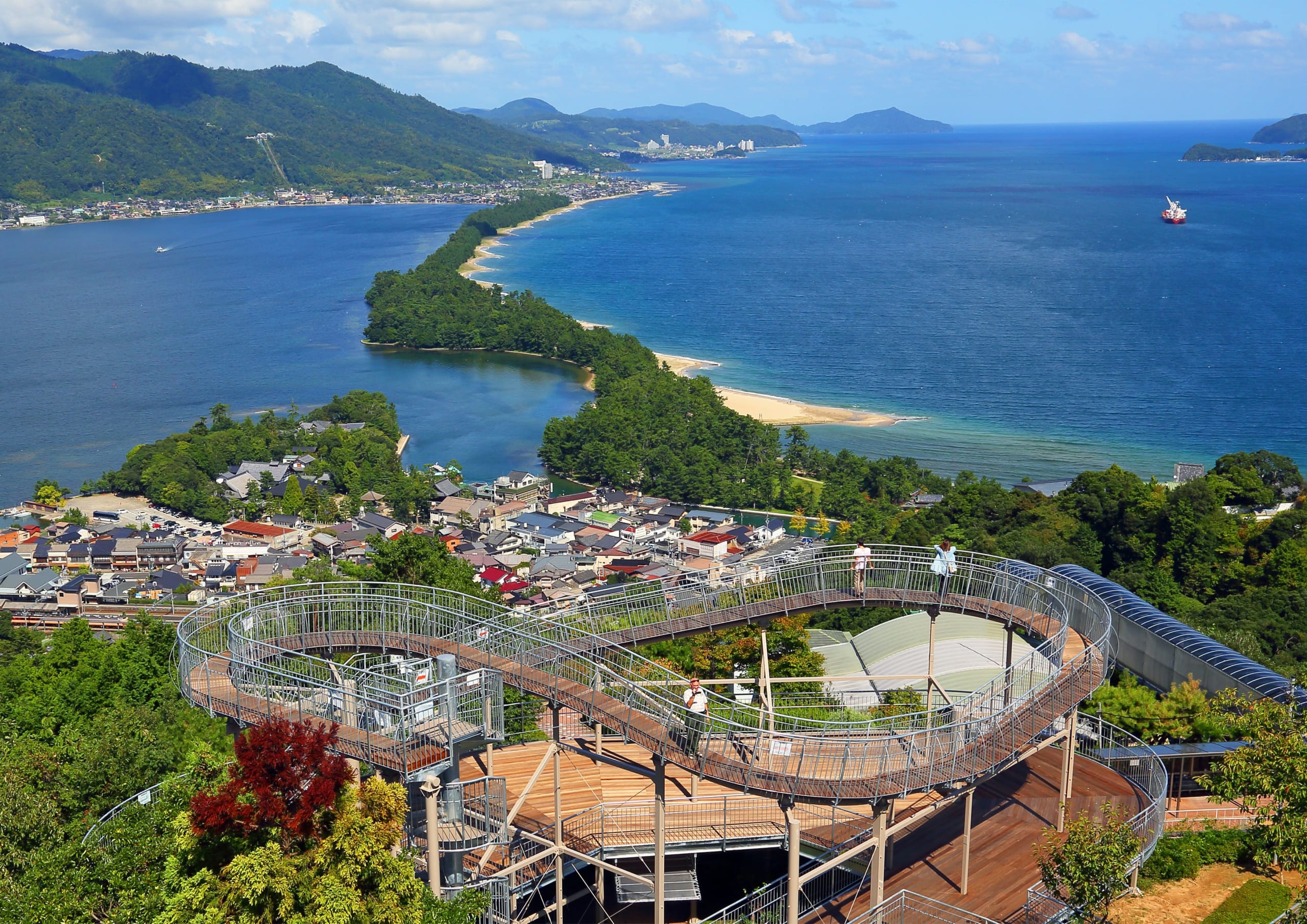
If you want to witness something you don’t see every day, Amanohashidate (天橋立) will take priority for your trip to Kyoto. It is the 3.6-kilometer-long sandbar in Miyazu City, famous as the most popular tourist site outside Kyoto City and one of Japan’s three scenic views. There are over 5,000 pines growing luxuriantly on the sand. A local amusement park Amanohashidate View Land is perfect to take an overview image of the long pine-clad sandbar. You can reach an observation deck by monorail or chairlift.
More info ▶ Amanohashidate: Kyoto’s Bridge to Heaven
17. Ine no Funaya: Charming fishing village of Kyoto
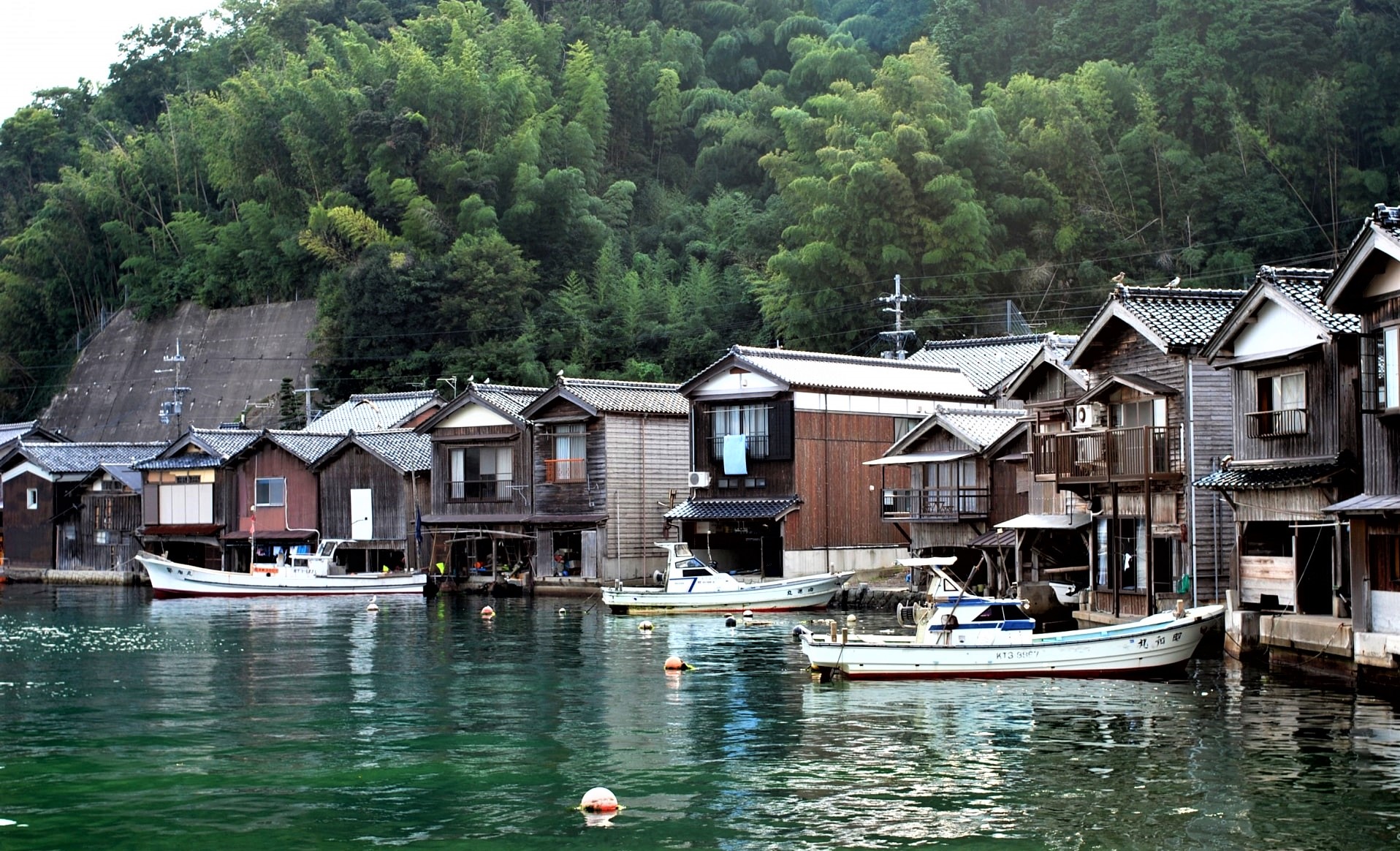
While most of visitors to Kyoto Prefecture only visit within Kyoto City to see historic sites, there are a lot more to explore in this fascinating land. Ine no Funaya (伊根の舟屋) is located on Tango Peninsula, the northern coast of Kyoto, and it is considered to be one of the most beautiful villages in Japan. As it’s often described as the Venice of Japan, the traditional fisherman village of Ine town is formed with over 200 floating houses called Funaya.
The picturesque view of the village has rapidly spread online and Instagram, then this charming village is now becoming a popular day trip destination from the city.
More info ▶ Ine no Funaya: Kyoto’s Hidden “The Venice of Japan”
18. Wazuka Tea Plantation: Learn about tea production and taste some delicious Matcha
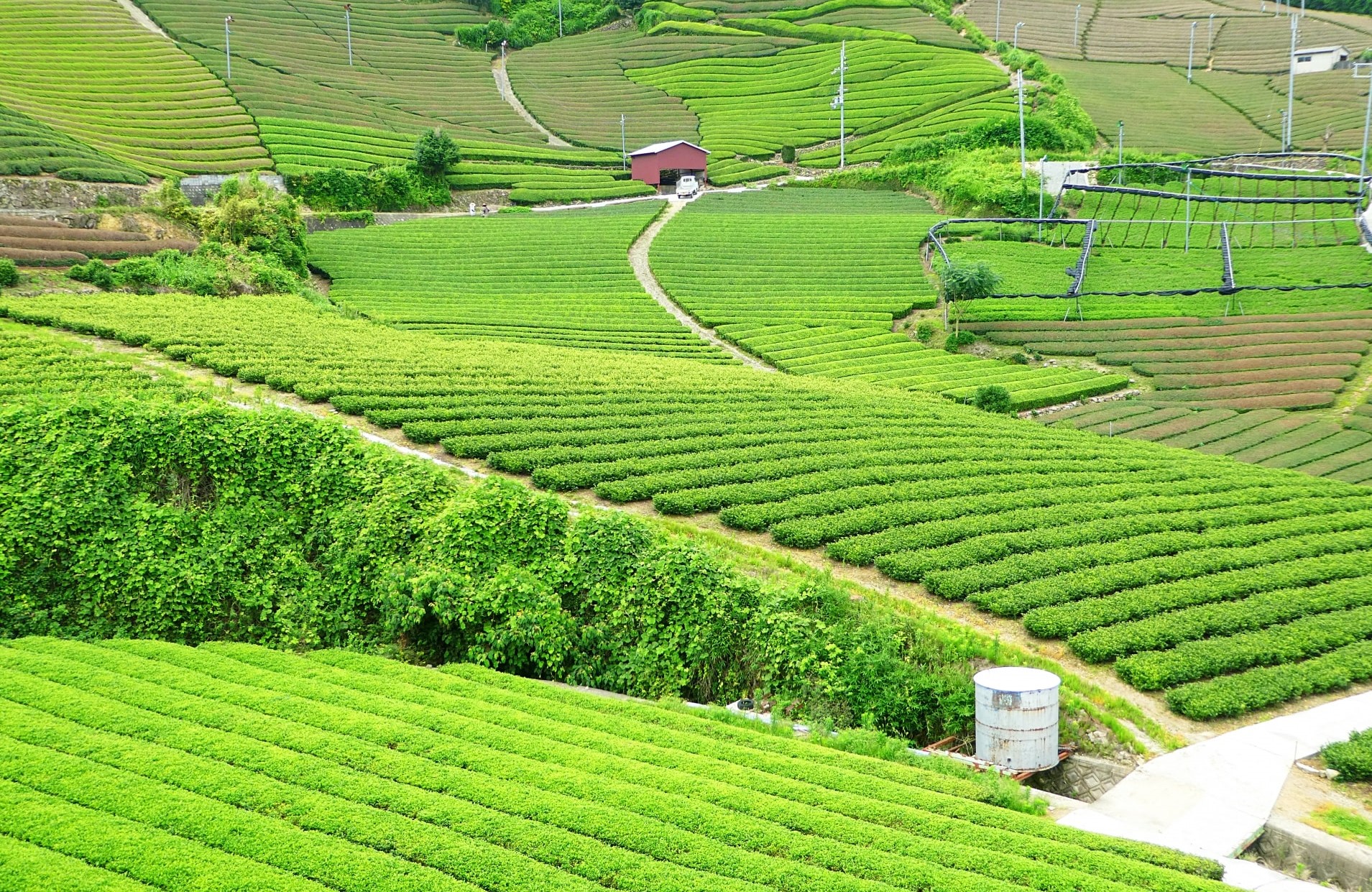
Kyoto is Japan’s best Matcha and green tea producer, and nearly half of the tea is produced in this small town called Wazuka (和束町). Wazuka is a small town in south Kyoto, and as well as being famous for the production of the Uji tea, the town is also known for its picturesque scenery of tea plantation. The beautifully maintained tea farm is blended well with the surrounding nature, and displays the stunning scenery in each season.
Wazuka Tea Plantation is today one of the most popular day trip destination from the central Kyoto, and various activities are available for visitors such as guided tours, tea picking, plantation experience, tea ceremony lesson and so on.
More info▶ Wazuka Tea Farm: Kyoto’s Hidden Teatopia
19. Miyama: Discover Kyoto’s untouched traditional village
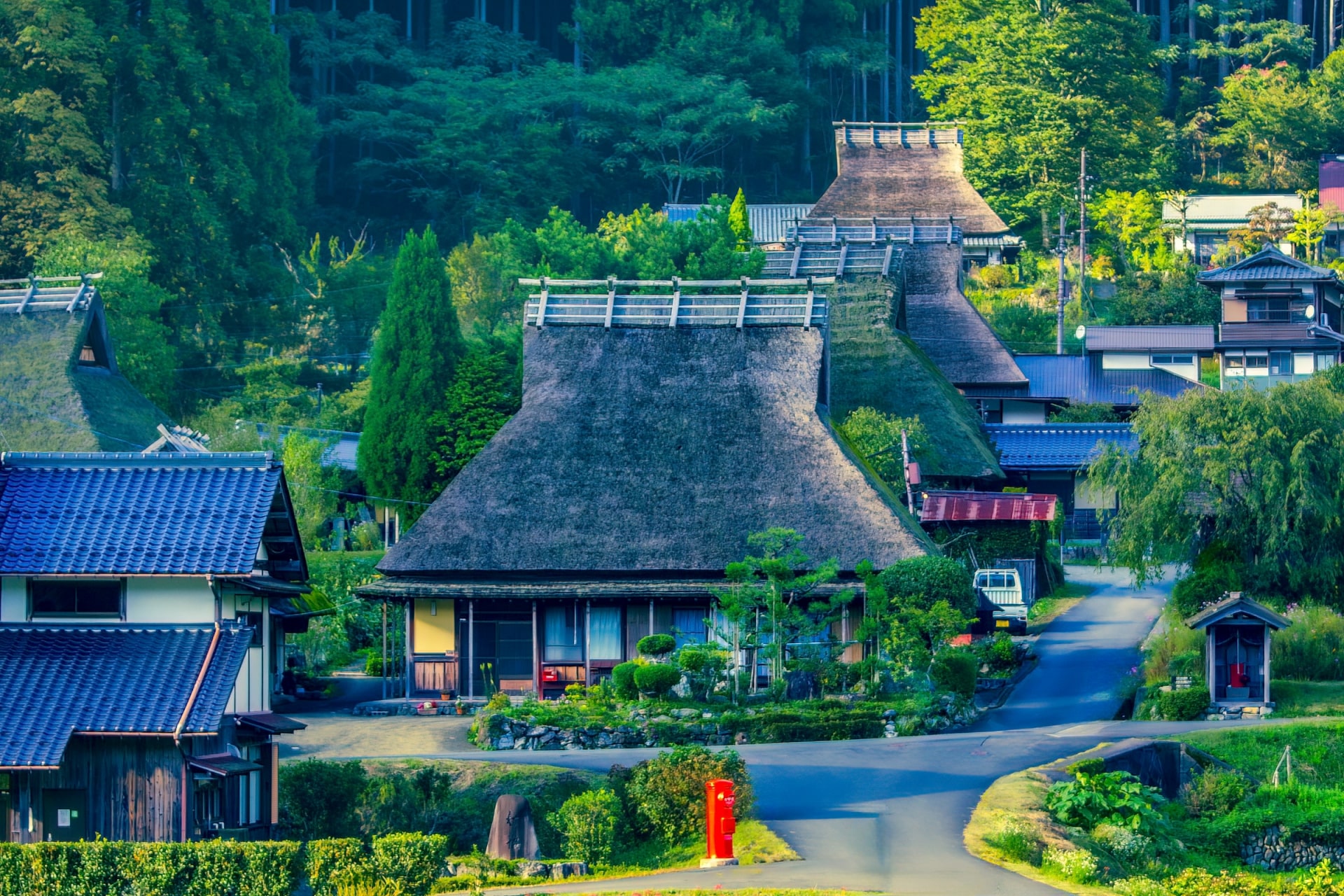
Miyama (美山) is a small town surrounded by mountains, located in rural area approx 50km north of central Kyoto. The area is known for their traditional grass thatched roof houses and the astonishing landscape of countryside. Visitors can see the authentic atmosphere of rural and the beauty of the surrounding nature that changes its scenery in each season.
The main attraction of the area is the northern village called Kayabuki no Sato, which consists of approx 40 thatched roof houses. Houses in the village are private, but some are open to public as museums, cafe and accommodation. There are also several shops and restaurants within the area.
If you have time, it is highly recommended to stay over at one of traditional thatched roof houses and experience traditional Japanese style accommodation with classic facilities, which is totally different from staying in a hotel.
More info ▶ Miyama: A Treasure of Rural Traditional Japan
20. Relax on hidden beaches in the northern part of Kyoto
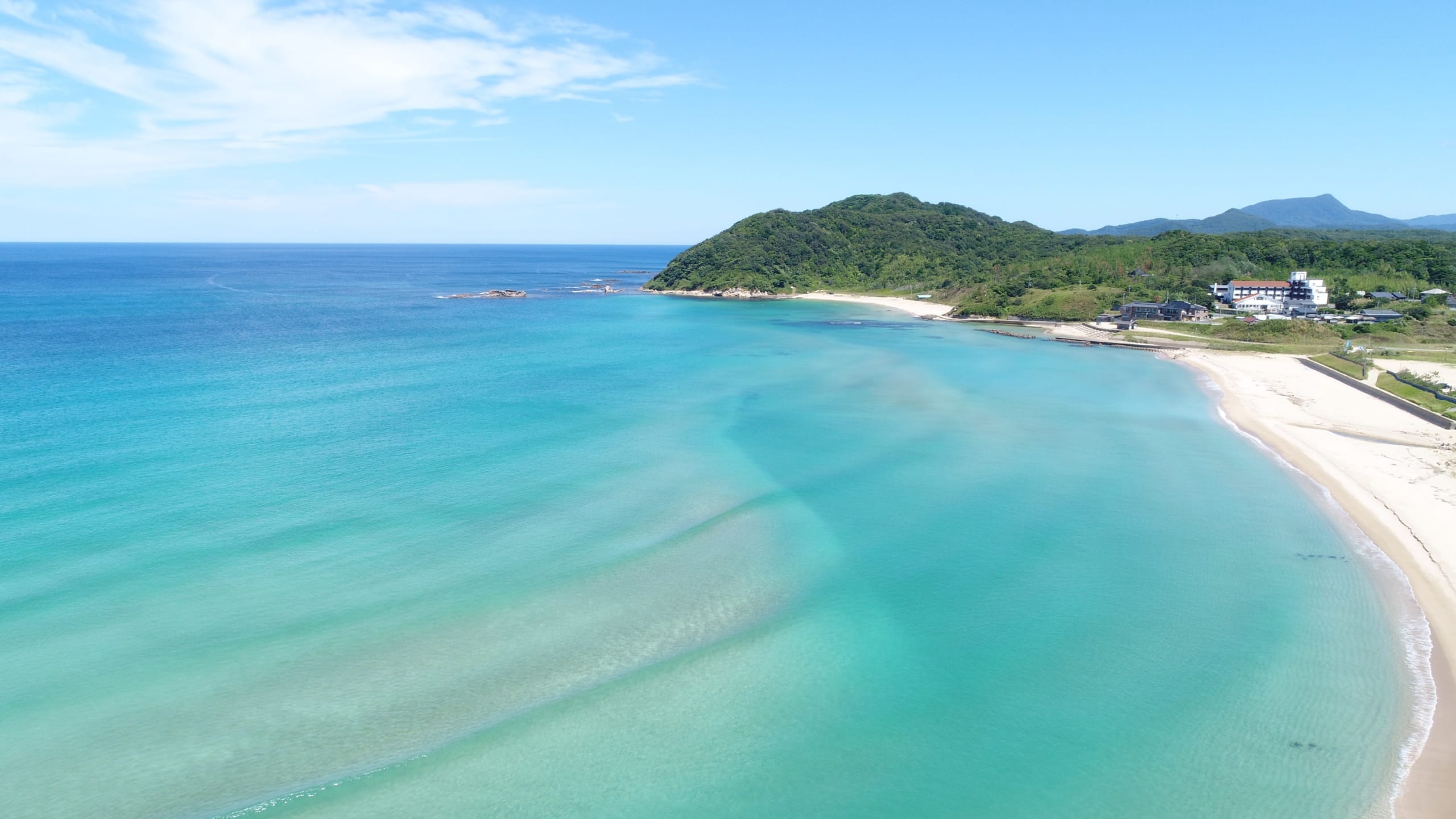
Since Kyoto is richly endowed with nature, there are lots of beaches in the historical prefecture in addition to abundant natural resources from mountains and rivers. The coast of Kyotango, a northern city in Kyoto, consists of less-known but beautiful beaches. Hatchohama Beach is a perfect spot for surfers, Hamazume Yuhigaura Beach is surrounded by nice Ryokan accommodations, the 1.8-kilometer Kotohiki Hamakakezu Beach is known as one of the best beaches in Japan.
21. Stay at Kyoto style accommodation
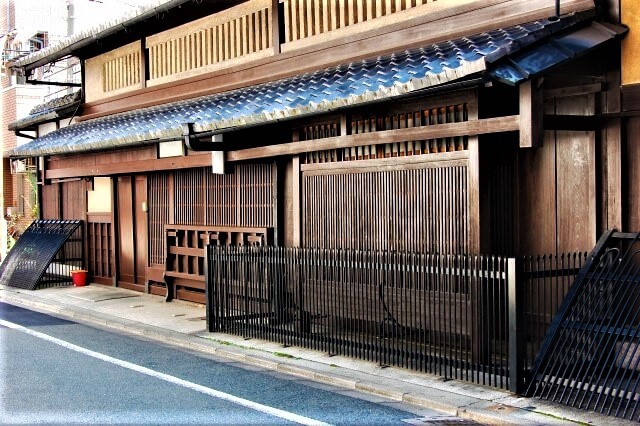
Kyoto offers a wide range of accommodation options of various types and price ranges, including luxury hotels, traditional Japanese inns, stylish guesthouses, and affordable capsule hotels. Where you stay in Kyoto will depend on what kind of experience you’re looking for, whether it’s historical, cultural, or modern, as the city offers something for every type of traveler. For a traditional experience: Staying in a ryokan or machiya house in Gion or Higashiyama will offer an immersive cultural experience. Temple lodging is also available around Kyoto.
Check out the links below to find traditional accommodation in Kyoto.
▶ Best “Machiya” Style Hotels in Kyoto!
▶ Temple Lodging: 5 Best Temples to Stay near Kyoto
22. Explore Kyoto’s local cuisines
Kyoto is known for its refined and traditional cuisine, with a focus on seasonal ingredients and local flavors. Whether you’re looking for something light and vegetarian, or something more luxurious, Kyoto’s food scene offers a taste of Japan’s rich culinary heritage.
Here are some of the must-try dishes and food experiences when visiting Kyoto:
- Kaiseki Cuisine (懐石料理): traditional multi-course meal that features a variety of beautifully presented dishes, highlighting seasonal ingredients. Kaiseki meals are typically served in upscale restaurants or ryokan (Japanese inns) and offer a true taste of Kyoto’s culinary elegance. Check also ▶Best Kaiseki Restaurants in Kyoto
- Matcha Green Tea : Kyoto is known for the fine green tea, and especially Uji matcha from Uji City is considered to be the highest graded matcha greet tea. You can find many traditional teahouses and cafes in Kyoto serving delightful Matcha tea and desserts such as matcha ice cream, matcha parfait, and matcha latte. More info ▶ Top 5 MATCHA Cafes in Kyoto
- Ramen: Locals love eating Ramen here in Kyoto. Therefore, there are a lot of good Ramen restaurants in the city, from traditional Kyoto style Ramen to everyone’s favourite, Ichiran. If you are a Ramen fan, make sure to stop by for a few good bowls while travelling Kyoto! More info ▶ 7 Best RAMEN Restaurants in KYOTO
- Yudofu (湯豆腐): a simple but delicious dish made from tofu simmered in hot water, often served with dipping sauces and condiments. It’s especially popular around the temples and gardens of Kyoto, as it’s light and perfect for a meditative meal.
- Obanzai (おばんざい): This is a type of home-style Kyoto cuisine, which includes a variety of small, simple dishes often made with local, seasonal vegetables, tofu, and fish. It’s often served in a laid-back atmosphere, where you can taste a variety of dishes in one meal.
- Kyoto-style Sushi (京寿司): While sushi is common throughout Japan, Kyoto has its own take, with a focus on pressed sushi (oshizushi) and saba sushi (pickled mackerel sushi). The city’s inland location means it doesn’t have as much access to fresh seafood, so Kyoto-style sushi uses more preserved or pickled fish.
- Kyo Tsukemono (京漬物): Kyoto is also famous for its pickled vegetables, which are often served as side dishes or condiments in many meals. Varieties like shibazuke (pickled vegetables with eggplant) and senmaizuke (pickled turnips) are popular.
23. Take part in Kyoto’s seasonal attractions and events
- Experience Kyoto’s vibrant traditional festivals, such as Gion Festival and Jidai Matsuri
Kyoto hold several traditional festivals through the year, and there are three biggest festivals which have been celebrated for centurie: Aoi Matsuri (葵祭) in May, Gion Matsuri (祇園祭) in July and Jidai Matsuri (時代祭) in October. The ceremonies and parades are usually open for public viewing and some reserved seats are available for a limited number, with booking in advance required.
More information about Gion Festival ▶ Gion Festival: The Complete Guide
- Admire the cherry blossoms in spring at some of Kyoto’s most beautiful parks and temples
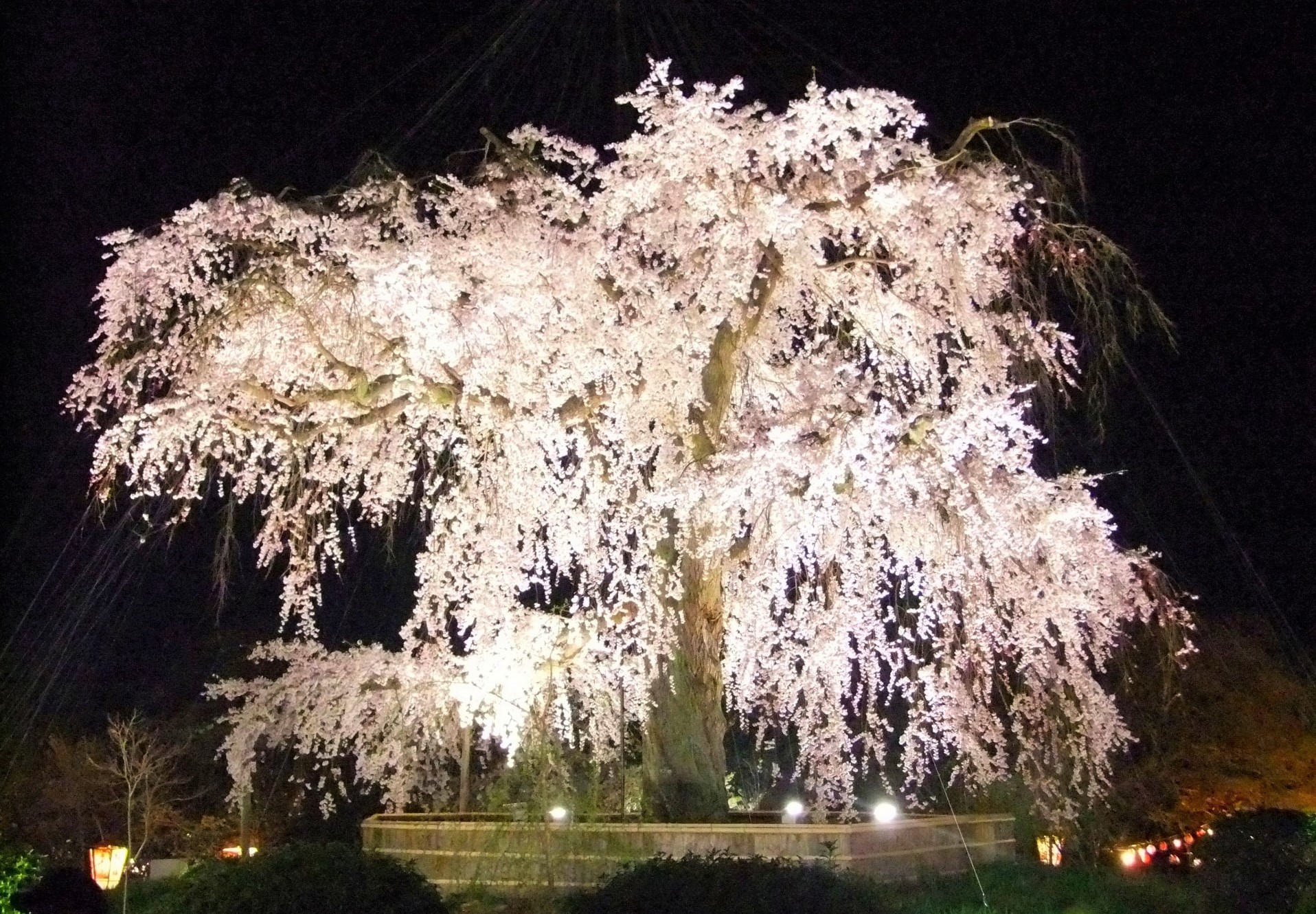
The most popular season to visit Japan among international tourists is spring as cherry blossoms cover the whole country with dreamy pastel pink. Kyoto is one of the best cities to enjoy cherry blossoms in Japan, offering a splendid scenery of city’s historic sites and pink cherry blossoms.
The best time to enjoy cherry blossoms in Kyoto is usually late March to early April (depending on the weather condition). Some of temples and shrines in Kyoto are especially popular for cherry blossom viewing, such as Maruyama Park, Heian Shrine, Toji Temple and Keage Incline. Special events and night light-up are also available at some sites during the cherry blossom season.
Check the list below for top cherry blossom viewing spots in Kyoto.
▶ 15 Best Cherry Blossom Viewing Spots in Kyoto
- Dine along the river at a Kawadoko restaurant and enjoy Kyoto’s traditional summer cuisine
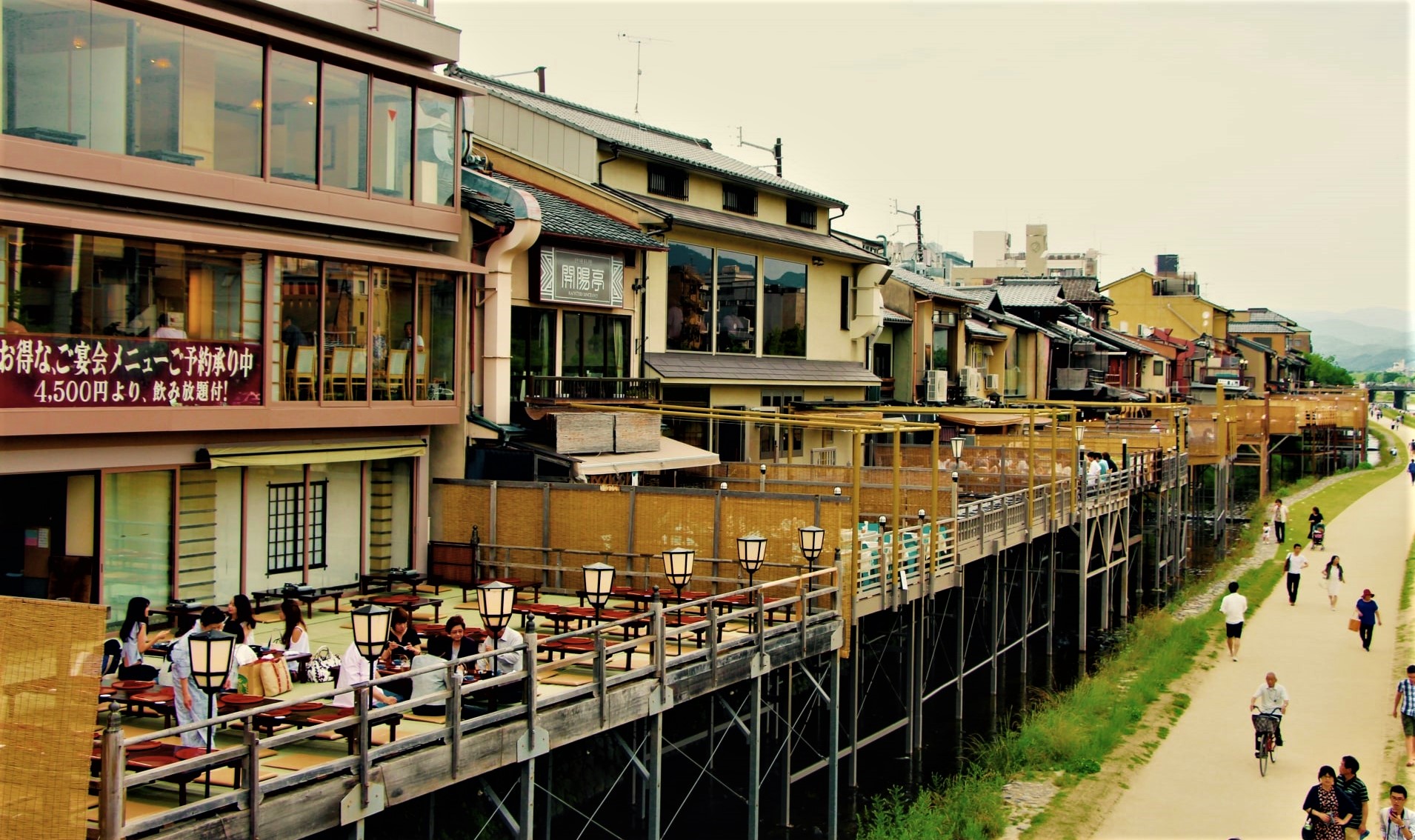
Every great city has an iconic river within, don’t you agree? Kamogawa River or Kamo River (鴨川) is a symbolic river run through the city of Kyoto, and a popular landmark itself. The riverbank of Kamogawa River is a great spot to walk down and it’s lined by numbers of cafes and restaurants.
During summer, they extend their outside terrace towards the river, and make a larger seating space by the river so the guests can feel the breeze in hot weather. This is called Kawadoko, and it’s one of the traditions and seasonal attractions in Kyoto area. Enjoy the delicious and authentic Kyoto cuisine with the pleasant view of Kamo River only in summer time!
More info ▶ Kamogawa River: 5 Nice Viewing Restaurants and Cafes on Kamogawa River
- See the spectacular colors of the autumn leaves at Kyoto’s temples, shrines and nature
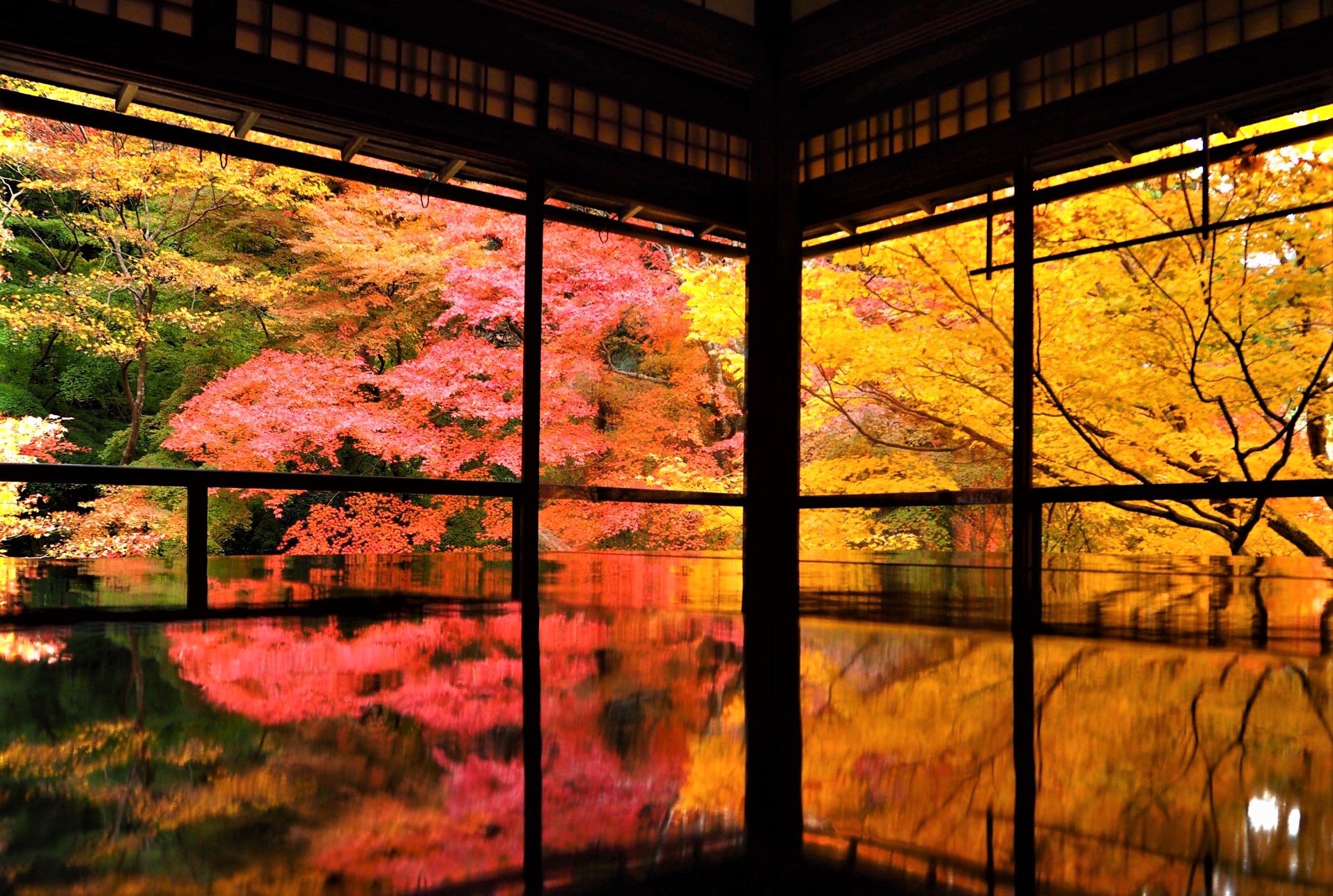
Along with cherry blossoms in spring, autumn leaves are also a top seasonal attraction in Japan as the whole country turns into warm red colours. Like for cherry blossoms, some spots in Kyoto are particularly popular for autumn leaves viewings such as Kiyomizudera Temple and Arashiyama area. Some temples in Kyoto such as Eikando Zenrin-ji Temple and Nanzenji Temple hold light-up events at night during the season, too.
The best time to see autumn leaves in Kyoto is mid November to early December depending on area.
Check more places to view autumn leaves in Kyoto:
▶ 10 Best Autumn Leaves Spots in Kyoto
▶ Tofukuji Temple: the Best Temple for Autumn Leaves Viewing in Kyoto!
▶ Enrian Temple: the REDDEST Autumn Leaves in Kyoto
24. Book tours and cultural experiences in Kyoto
- Bar Hopping and Food Tours
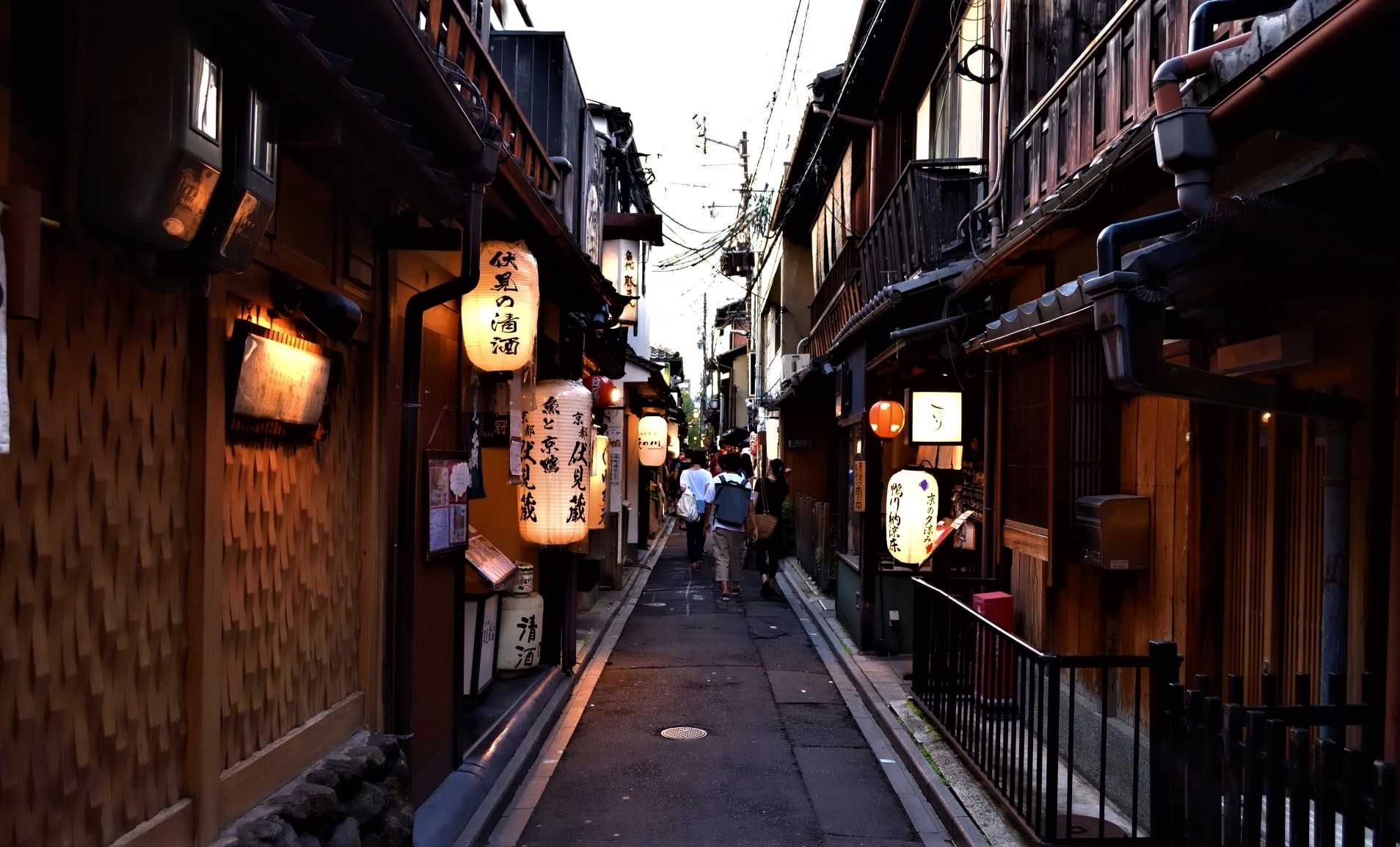
To understand the food culture and tradition in Kyoto, it is highly recommended to join a food tour with a local guide. It is not easy for first time visitors and tourists to find good restaurants or choose what to eat, but with a help of local guide, you can experience Kyoto’s authentic culinary scene and enjoy food and drink like locals!
Here are our picks of food tours in Kyoto:
Kyoto Food and Drink Tour at Nishiki Street & Gion: Explore the 400 year-old Nishiki Market, a.k.a. Kyoto’s Kitchen! It’s the great place to explore the authentic local food culture of Kyoto where over 100 shops and stalls lined. Join the guided food walking tour to learn the history and culture of food in Kyoto and try various local food (▶Review).
Kyoto Bar Hopping Nightlife Food Tour: One of the best ways to enjoy Kyoto at night is joining a bar-hopping tour with a local guide. Through the tour, you can experience the deep izakaya culture in the backstreets of Kyoto that might be hard to find for tourists. Enjoy drinking like locals as well as the delicious Japanese bar foods in the popular nightlife areas in Kyoto!
- Kimono Rental
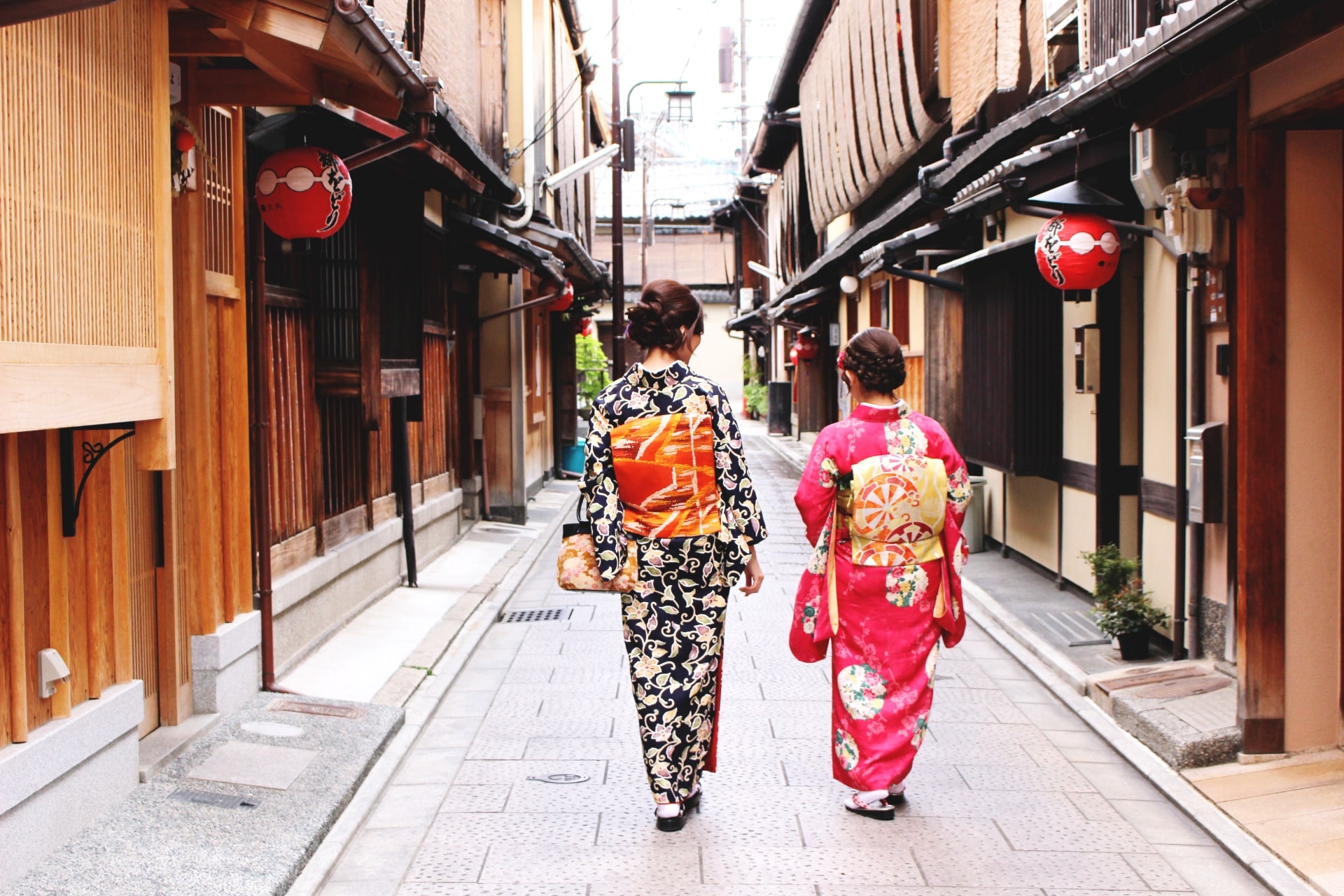
There is no better place to try on traditional Japanese dress kimono than Kyoto. Stroll down the streets of beautifully preserved ancient town in Kyoto wearing elegant and colourful kimono dress. You can take a lot of photos of yourself in beautiful kimono at/with Kyoto’s historic monuments such as temples, shrines and stone-paved streets.
Kyoto Kimono Rental is highly recommended kimono rental shop in Kyoto, offering a large selection of high quality, beautiful kimono at very affordable price. From the latest designs to antique patterns, you can find your favourite kimono. The shop provides everything you need such as dressing up, makeup, hairdo and other accessories, so you can simply make a reservation in advance and bring yourself in!
▶Find more details about Kyoto Kimono Rental
- Tea Ceremony
Experience Tea Ceremony: The Famous Matcha drinking Ritual in Kyoto.
Time magazine lists tea ceremony as one of the most essential things to do in Kyoto. Although tea ceremony has been enjoyed all around the world, it feels more special in Kyoto given the fact the most famous tea is grown in Uji Kyoto and famous tea ceremony schools were born in Kyoto City.
After visiting many temples and shrines, finally you can forget all about all the trip related troubles and enjoy drinking the perfectly made bowl of tea in a zen moment. Some tea rooms offer kimono wearing experience as well, a perfect activity that goes all along with this ritual.
▶ Book Online: Maikoya Kimono Tea Ceremony in Kyoto and Osaka
- Geisha watching/experience
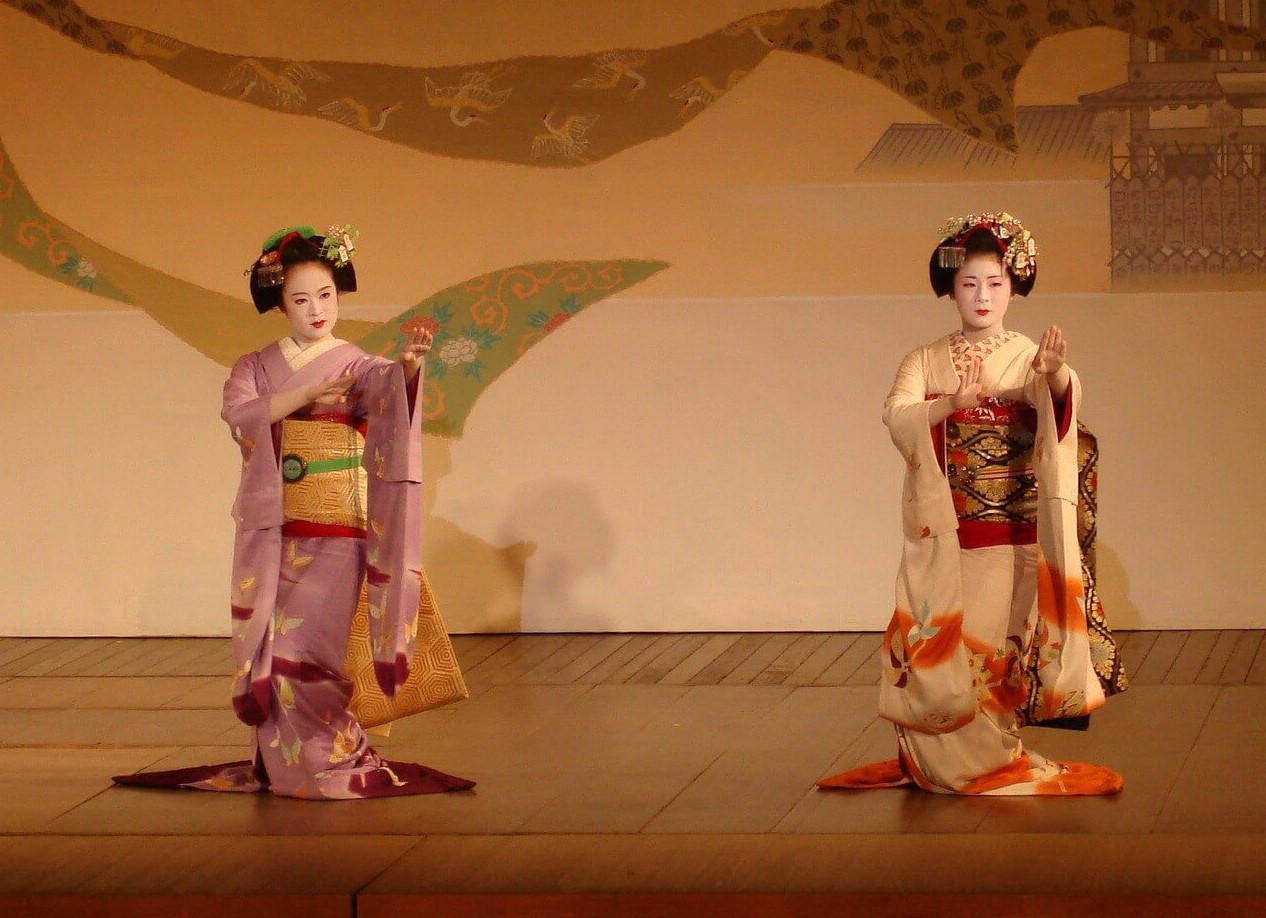
It’s very easy to meet Geisha/Maiko (Japanese traditional dancers) on the street of Kyoto especially in Gion area. Kyoto is the perfect place to experience authentic Japanese traditional arts. However, due to its traditional system, I cannot guarantee that first-time visitors can easily access Geisha or Maiko performances. To ensure a seamless experience, it’s recommended making a reservation in advance or participating in a tour.
Book your tour ▶Maiko & Geisha performance and Cultural Walking Tour in Gion
Or there are several traditional dance shows that are held annually in some months such as Miyako Odori in April and Kamogawa Odori in May.
- Samurai Experience
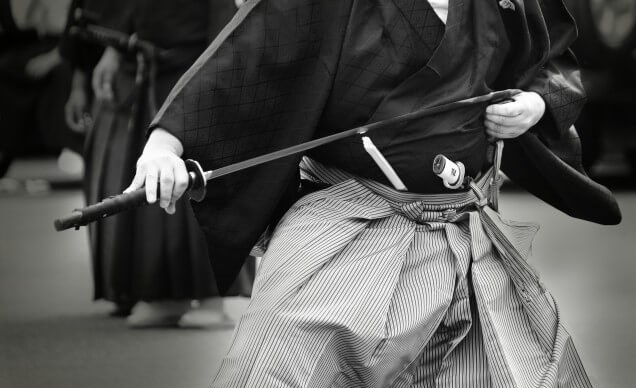
Dress up in Samurai or Ninja costume, and learn and practice how to use a Japanese sword from a Japanese sword master! Kyoto is the best place to learn “Bushido” (the way of the warrior) and feel Zen.
Book activity ▶ Guided Museum Tour and Samurai & Ninja Experience
- Cooking Classes
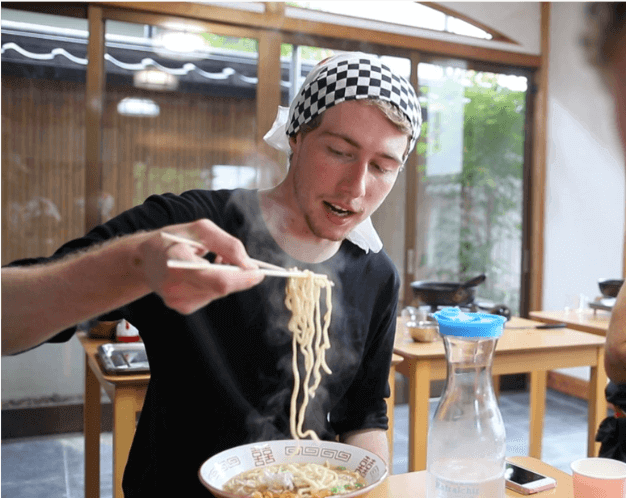
Joining a cooking class could be the best way for foreign visitors to explore Japanese food culture. Numbers of cooking classes are held in English today, and you can learn not only cooking but also Japanese culture and history by communicating with local teachers through the class. Cooking class has been one of the most popular activities among foodie travellers from all over the world.
A variety of cooking classes are available in Japan today with various food options including vegetarian, vegan and halal. In Kyoto, a wide range of cooking classes by local teachers are available today, which you can learn how to cook authentic local dishes as well as Kyoto’s food culture, including popular Japanese dishes, classic home cooking dishes, unique Bento Box Making and Kyoto’s specialties.
Pick your favourite Japanese food cooking class, learn how to cook, then enjoy tasting! Also you can bring the original recipe from the teacher back home to cook for your family and friends!
Check out the attached link below for more cooking classes available in Kyoto today!
▶ Book Online: Best Kyoto Cooking Classes
25. Souvenir shopping before you leave the city
Along with tourist attractions, one thing that you shouldn’t miss before leaving Kyoto is shopping. Souvenir shopping is one of the most exciting things while travelling in Japan, and Kyoto is an amazing city to shop local souvenirs unique to the city, including Japanese handicrafts such as lacquer ware and pottery, and Kyo-Wagashi (traditional Kyoto sweets) such as Yatsuhashi.
More info ▶ What to Buy in Kyoto
More info ▶ Best Places to Shop in Kyoto
As I mentioned earlier, Kyoto is known for its Matcha products, and a variety of Matcha snack souvenirs are also available. If you need a little assist for shopping, I have written articles introducing popular souvenirs from Kyoto so please check them out!
More info ▶ 7 Must-Buy Matcha Sweets in Kyoto!
26. Take side trips to neighbouring cities: Osaka, Nara and more
Along with your visit to Kyoto, why not to explore the beauty of neighbouring cities around. Kyoto Prefecture is surrounded by other attractive prefectures in Kansai region including Osaka, Nara, Hyogo, Shiga, Mie and Fukui.
Osaka, Japan’s second largest city and western capital, is always a popular destination among tourists, and often visited with Kyoto. Although they are located next to each other, two cities offer completely different charms and attractions. While Kyoto offers historical and cultural experiences, you can expect more vibrant and energetic city ambiance in Osaka. It very is possible to visit Kyoto from Osaka for a short trip and enjoy the best highlights in one day.
▶ Best Things to Do in Osaka: Osaka Bucket List
These two cities are located next to each other and it’s very convenient to move around. Check out the link below and find out the best way to travel between Osaka and Kyoto.
▶ Transportation Guide: How to Travel between OSAKA and KYOTO
If you wish to explore Western Japan beyond Osaka and Kyoto, please check out the following articles, too!
If you are thinking of taking a one day trip from Kyoto, the best way to get around in Japan is to use the bullet train. In high season tickets can be sold out so we recommend buying them in advance.
▶︎Book now your Shinkansen tickets!
Hope you have enjoyed my bucket list of Kyoto with the top tourist highlights of the city! If you are a first visitor to Kyoto, save the link and use this article to plan your best trip to Kyoto 🙂
Check more Bucket Lists in other popular areas in Japan!
▶️30 Best Things to Do in Japan
▶︎Top Things to Do in Tokyo
▶︎Top Things to Do around Mt Fuji
▶︎Top Things to Do in Hokkaido
▶︎Top Things to Do in Okinawa
For more ideas about things to do and see in Kyoto, please check out these articles, too!
Written by
"The world is my oyster." As a dedicated globetrotter and hammock enthusiast, I’ve spent years chasing new experiences, collecting stories, and discovering the world’s most incredible destinations. Born and raised in Japan, I’ve always had a deep connection to my roots, but my love for adventure has led me to spend over a decade exploring countries across the globe—from culture-rich cities to remote hideaways.
Travel isn't just a hobby for me; it's a lifestyle. I'm constantly searching for new ways to fuel my wanderlust. Over the years, I’ve developed a wealth of knowledge and a treasure trove of tips that make traveling more enjoyable, practical, and meaningful.
Through my experiences, I've come to appreciate not only the beauty of travel but also the importance of understanding diverse cultures, embracing the unfamiliar, and stepping out of my comfort zone. My travels have shaped who I am today, and I’m excited to share those lessons with others.
With Japan Web Magazine, I aim to offer practical advice, insider tips, and firsthand stories that help travelers navigate their journeys to Japan or setting off on a global adventure. From hidden gems in Japan to travel hacks that make any trip smoother, I hope my insights inspire you to embark on your own adventures and make the most of every moment. Let’s explore the world together!
You can also find my stories here ▶ https://medium.com/@nahobm






